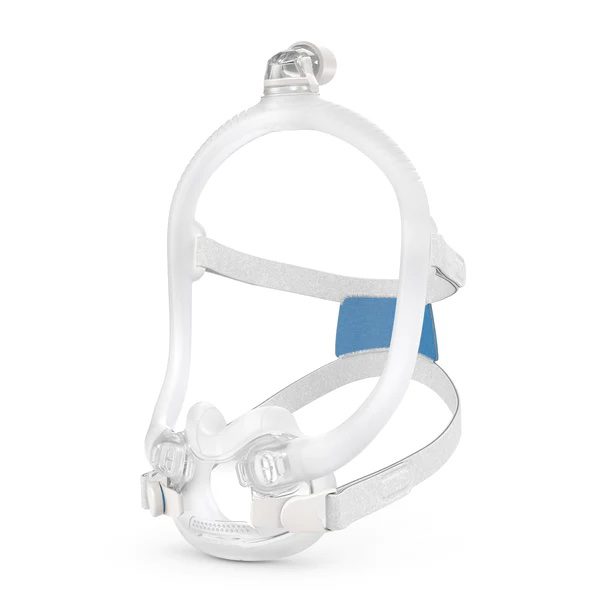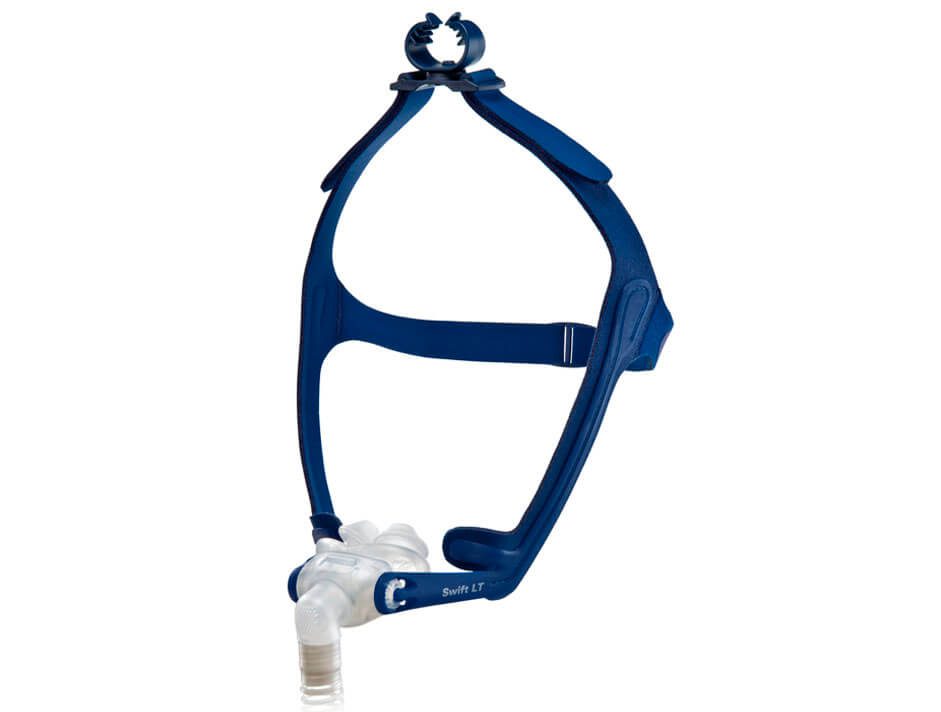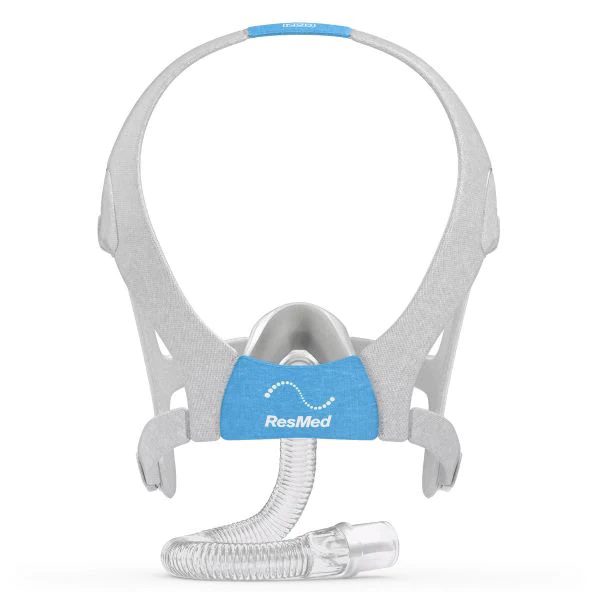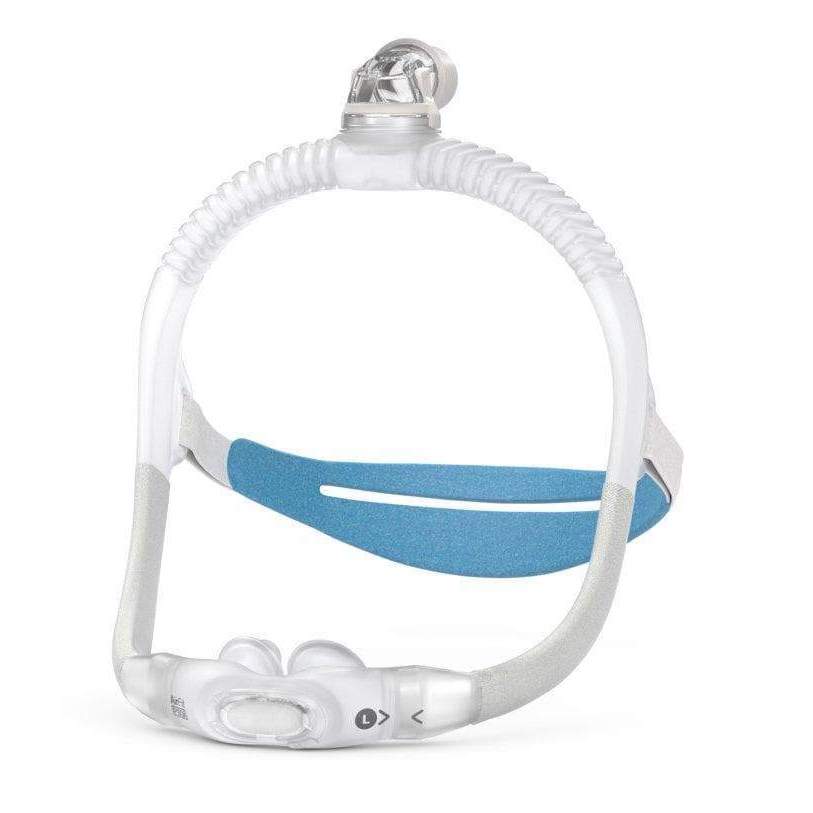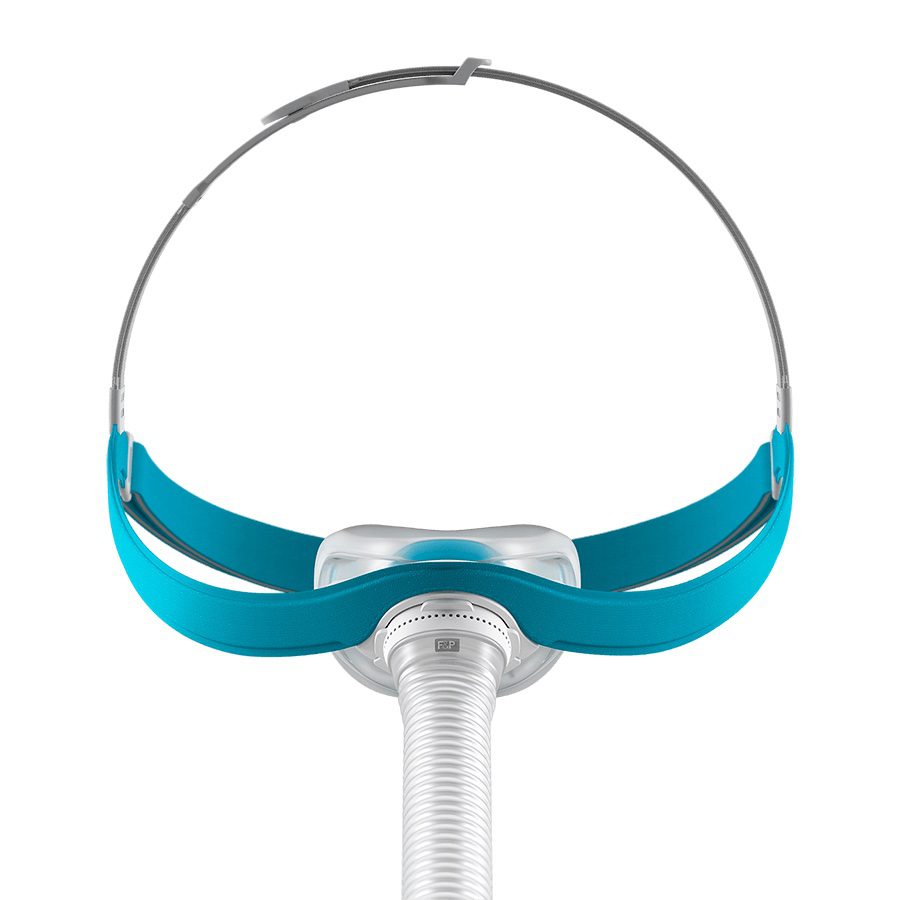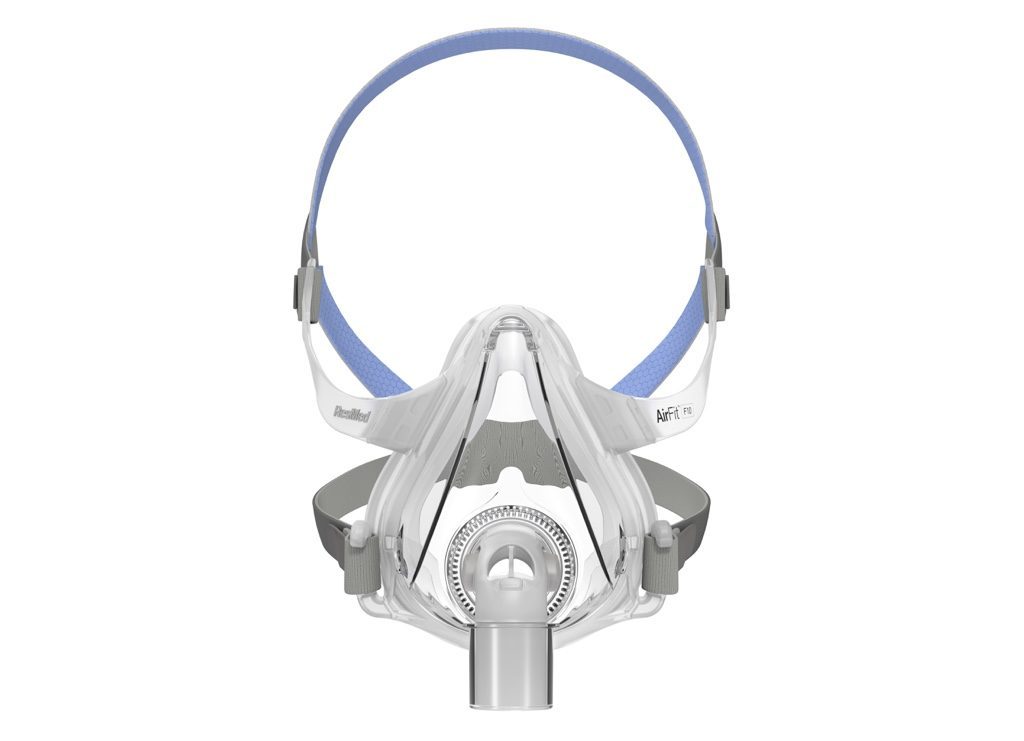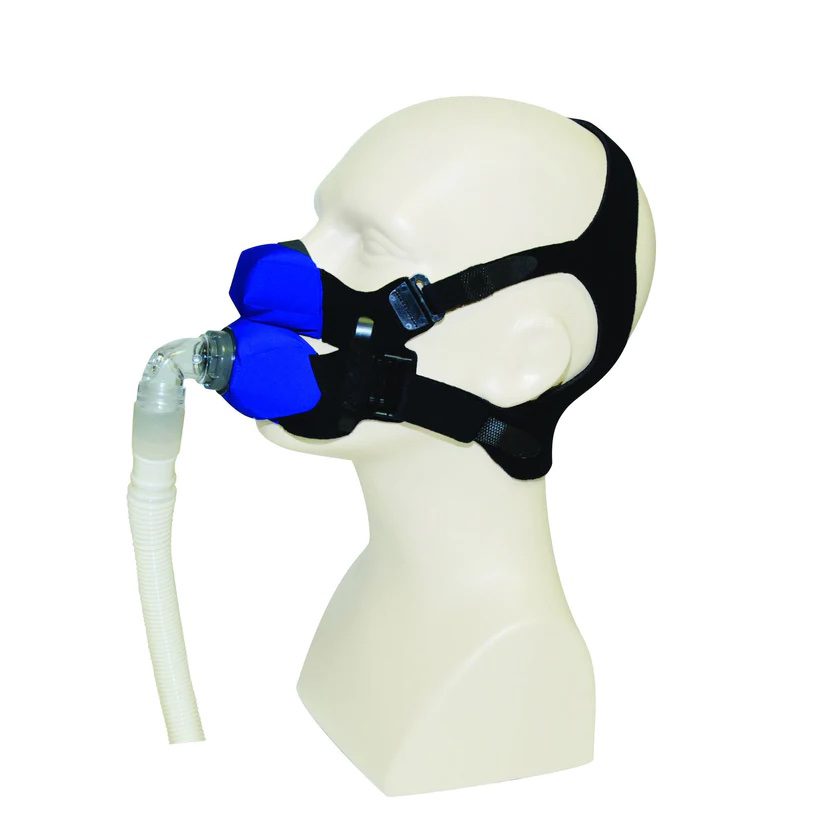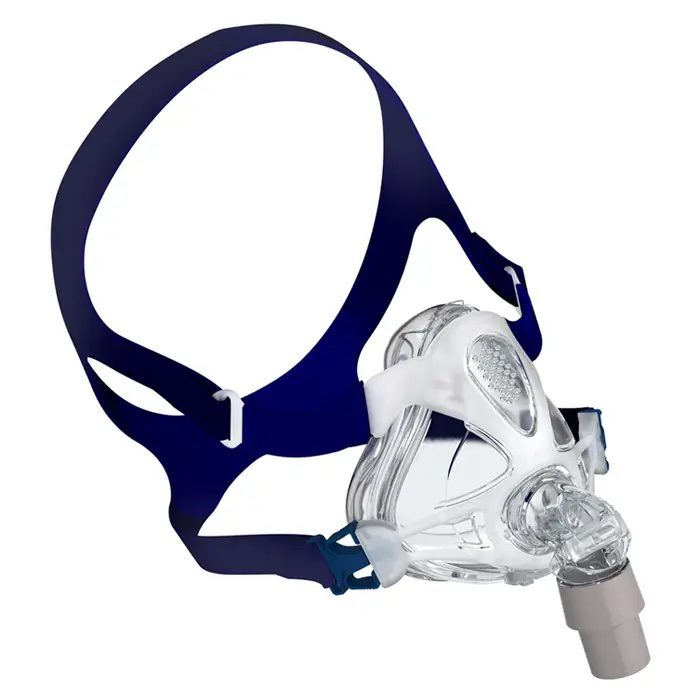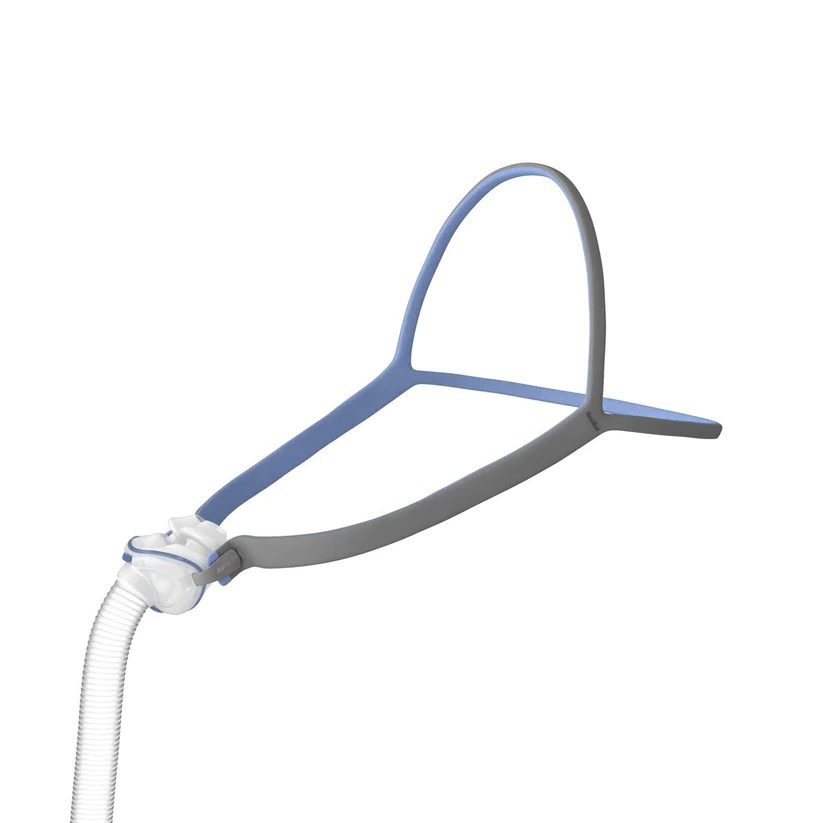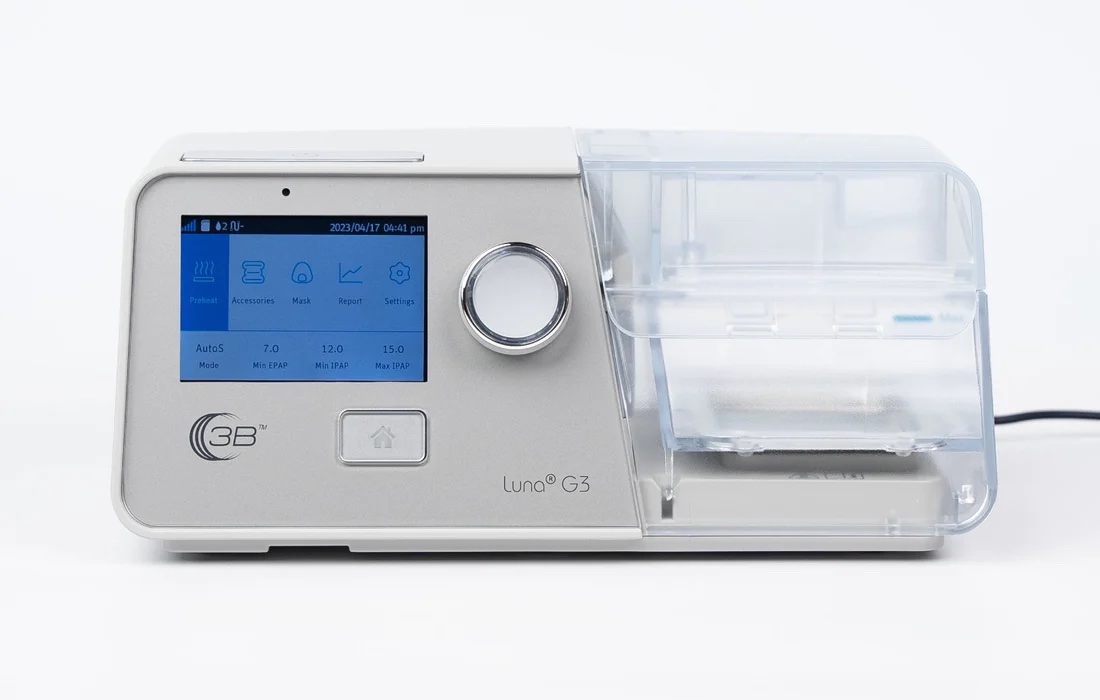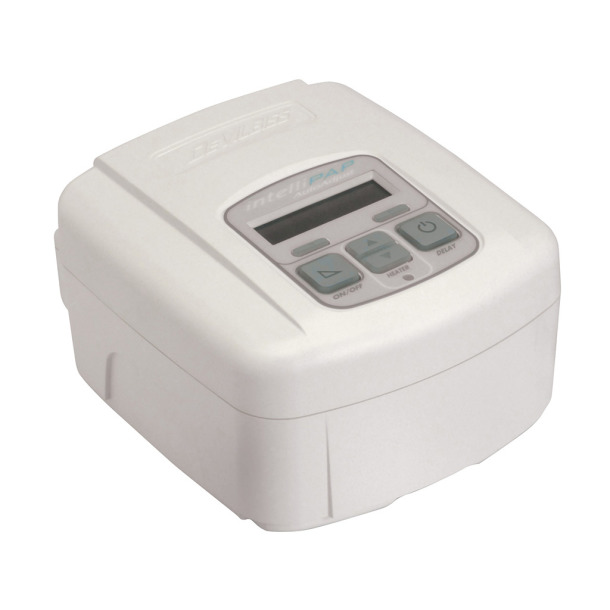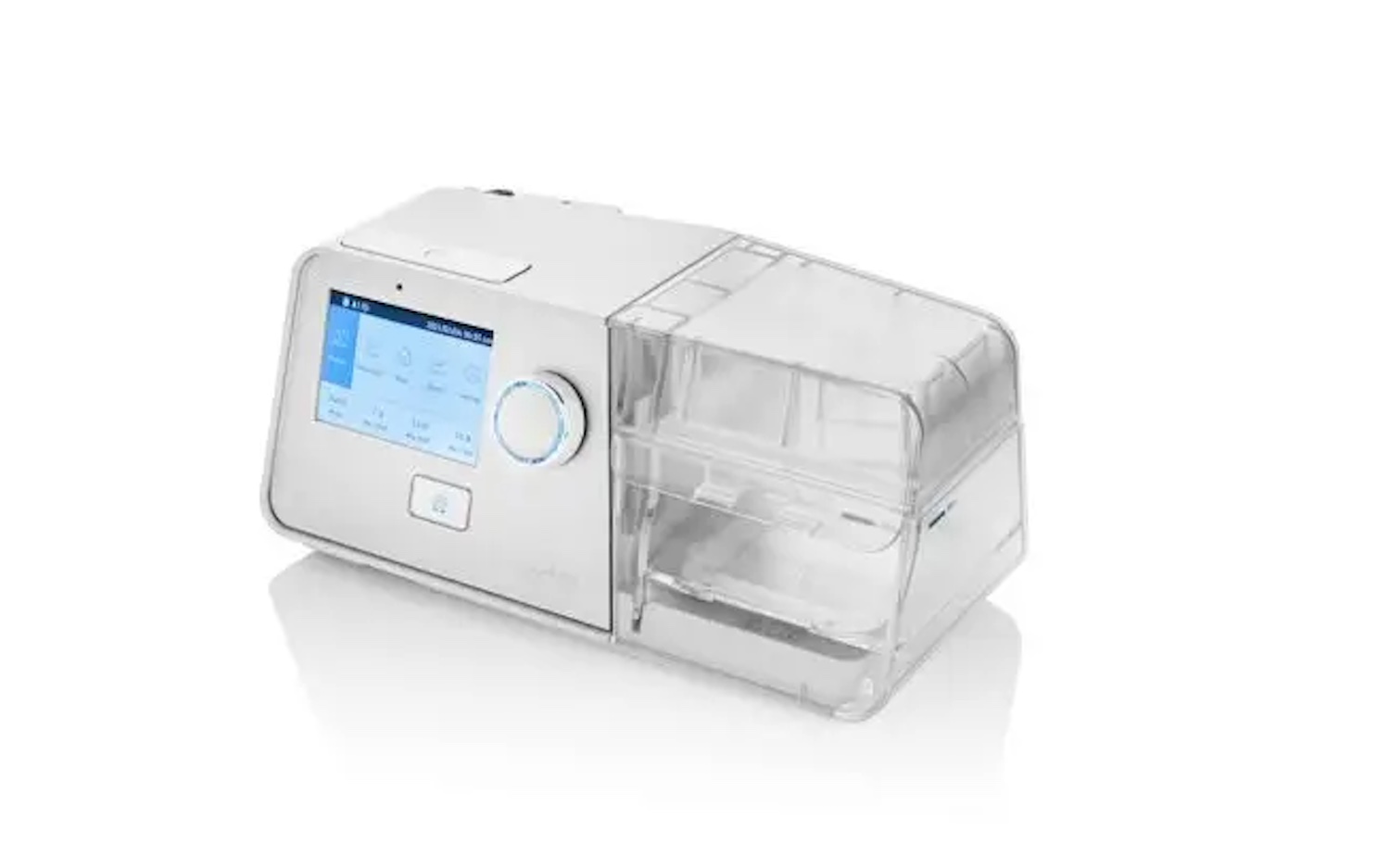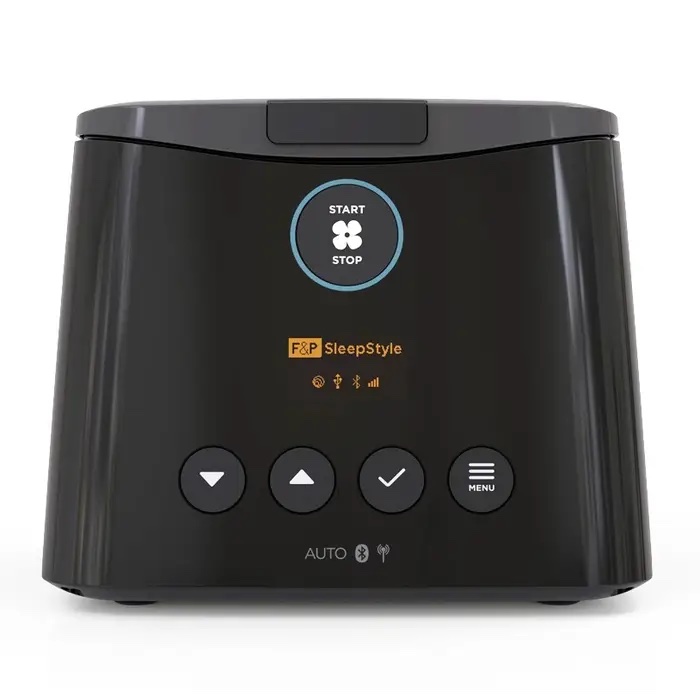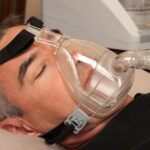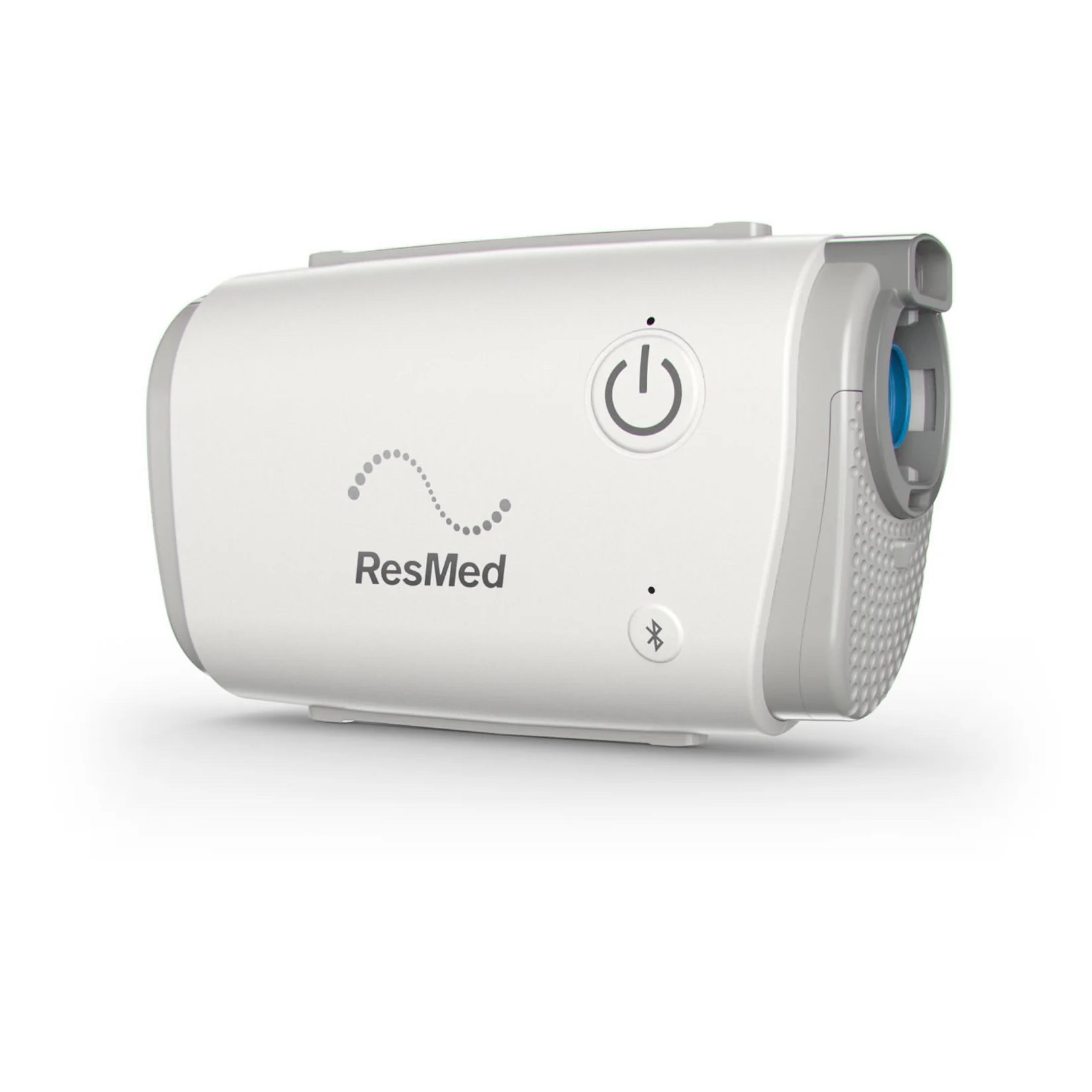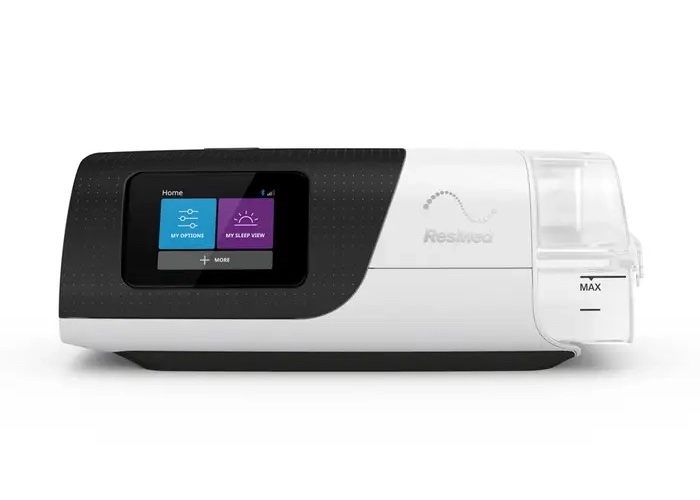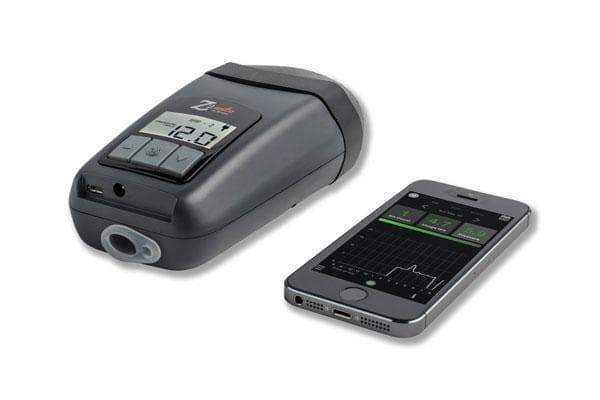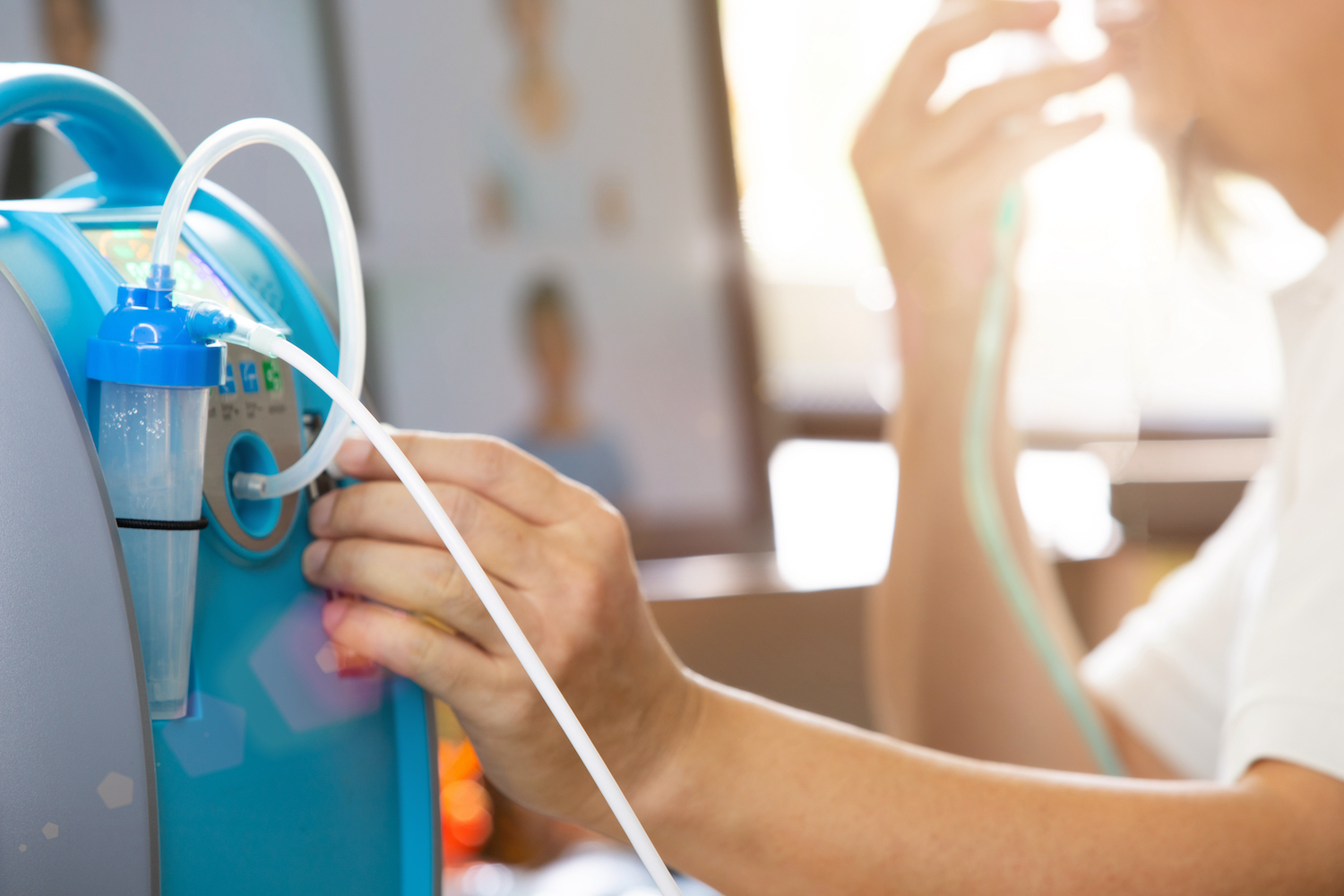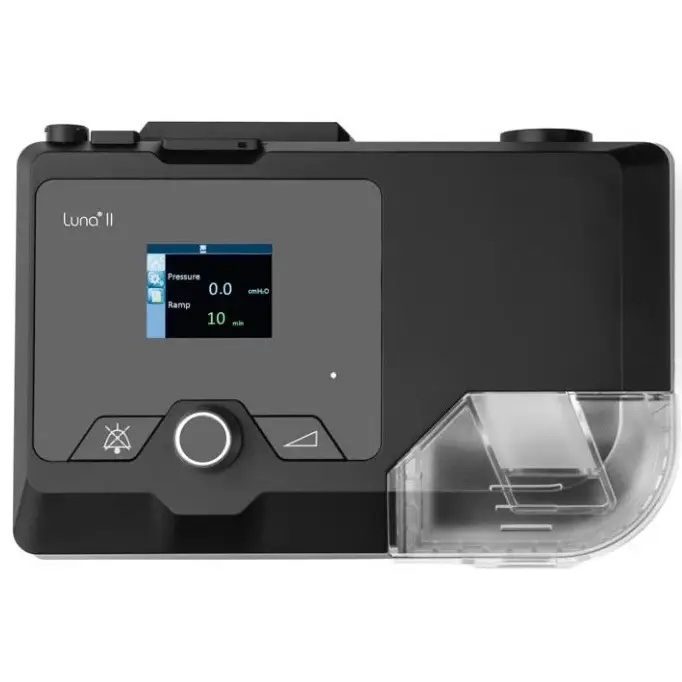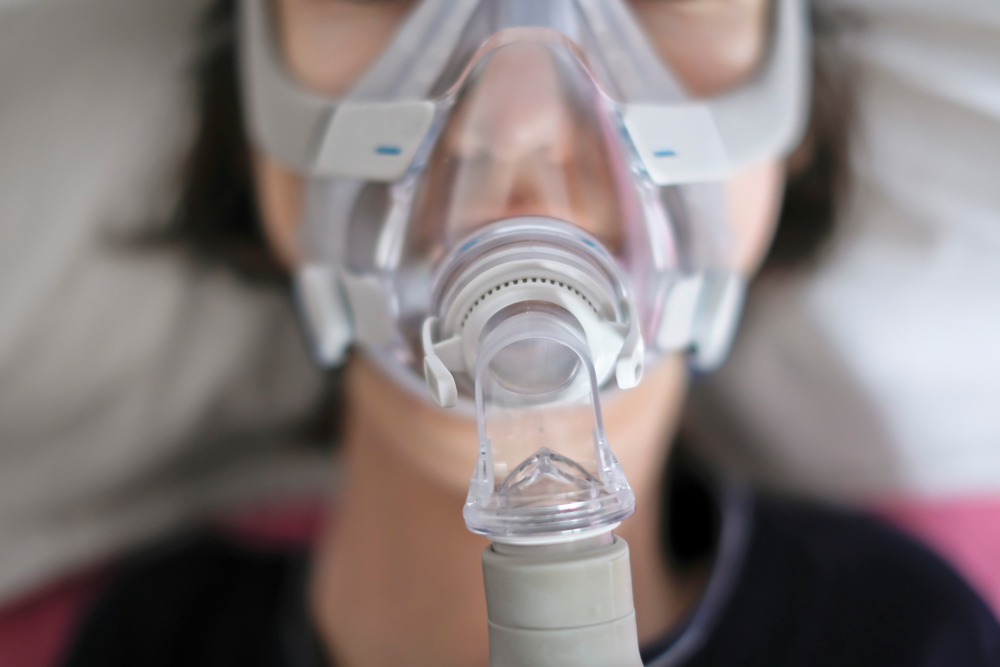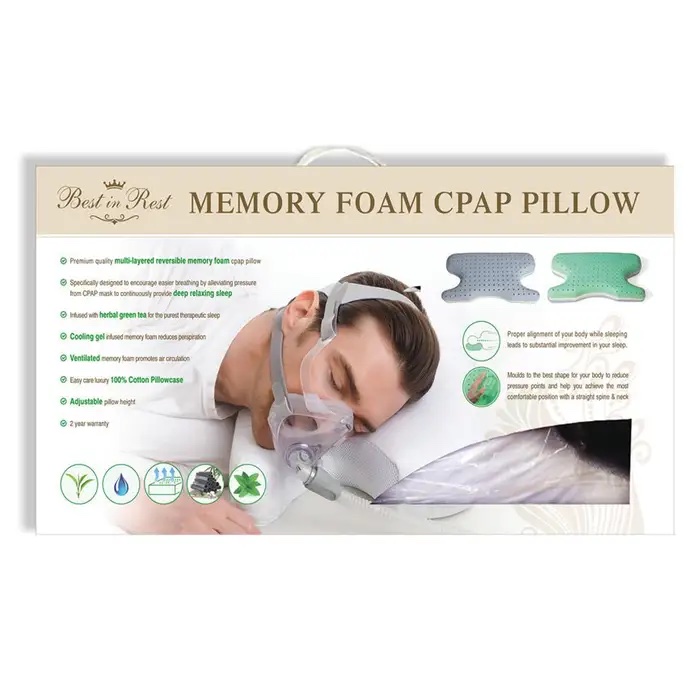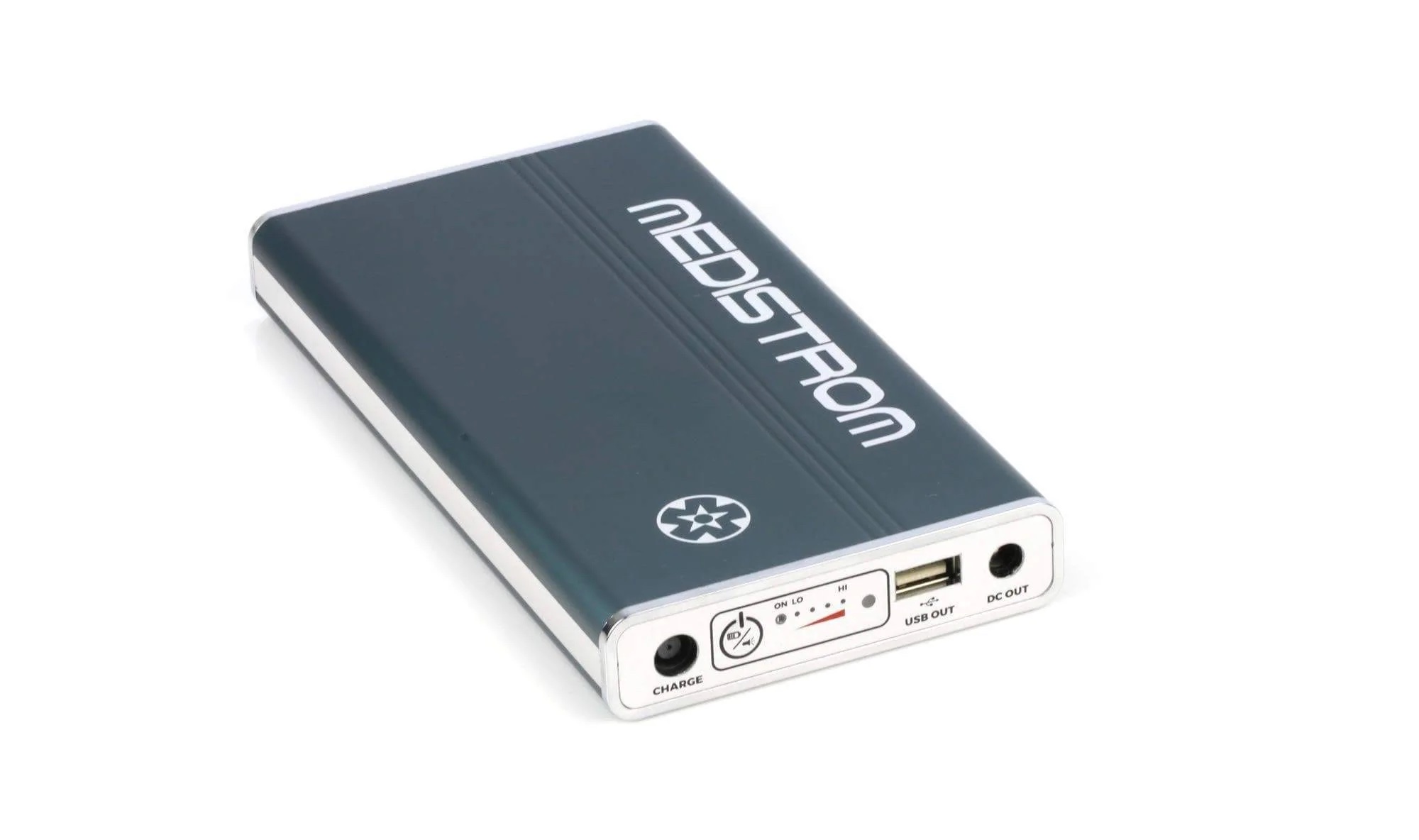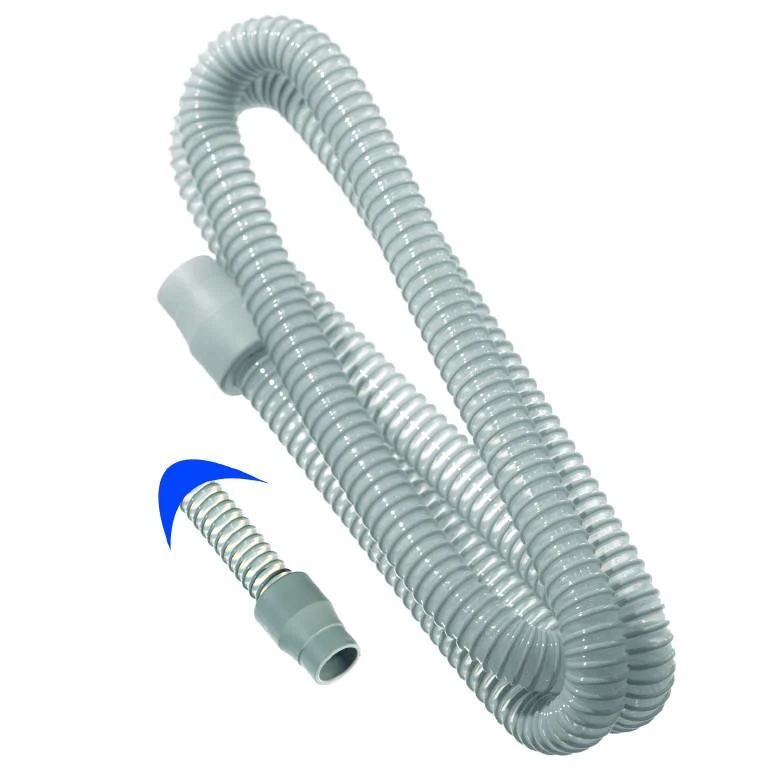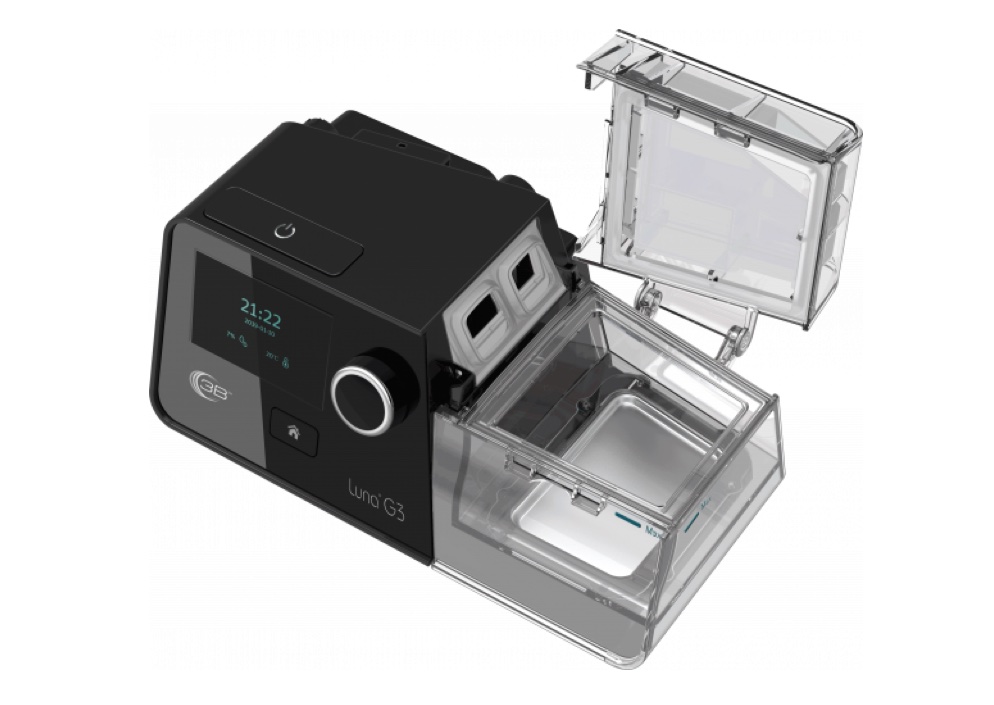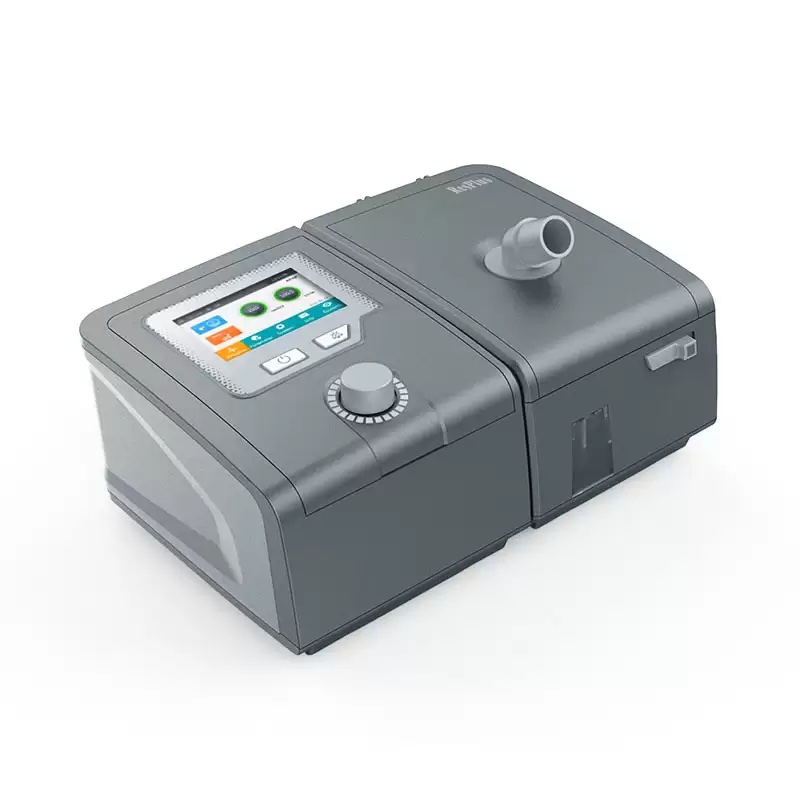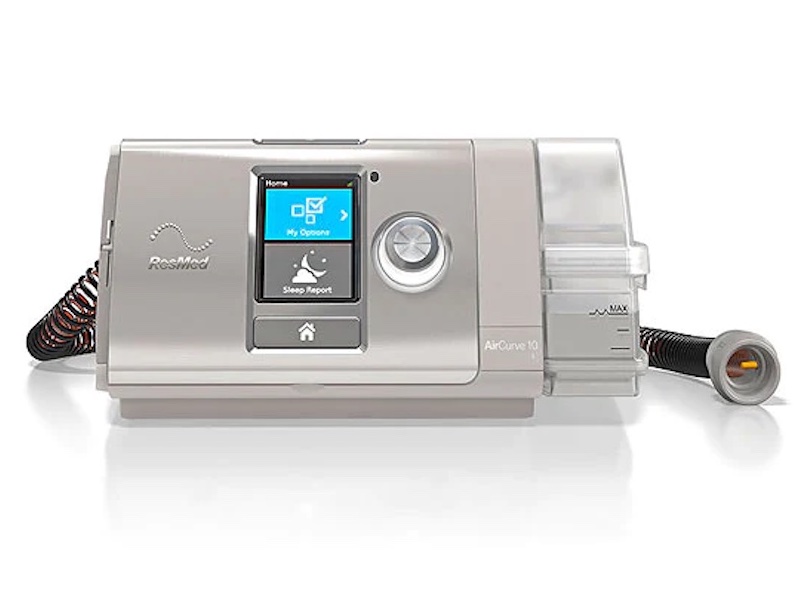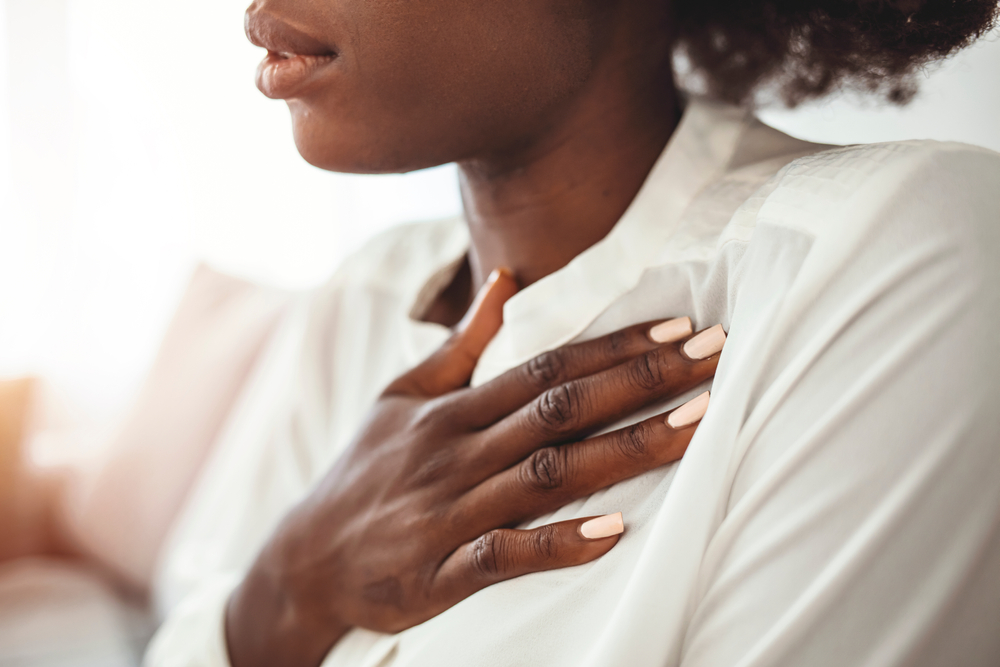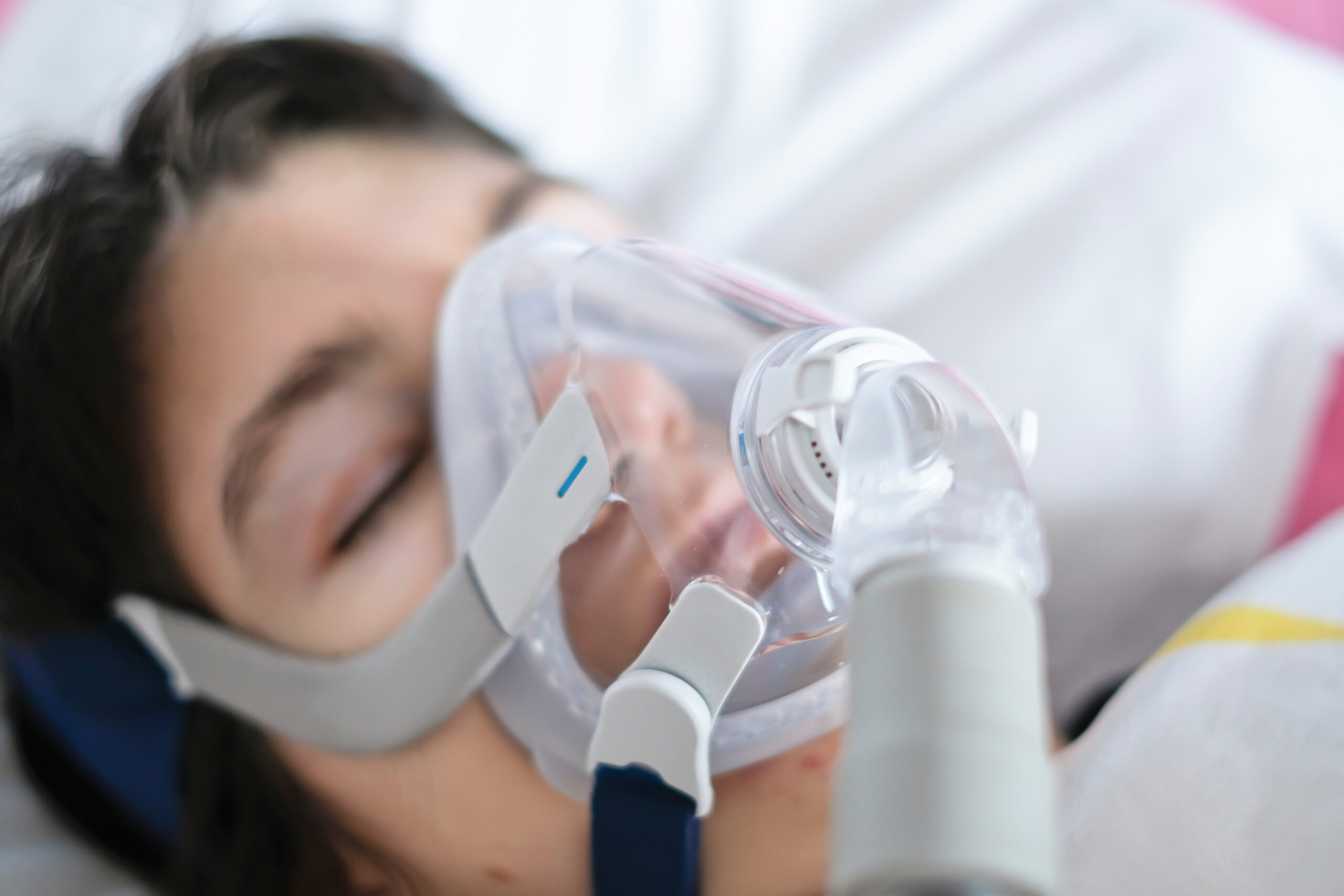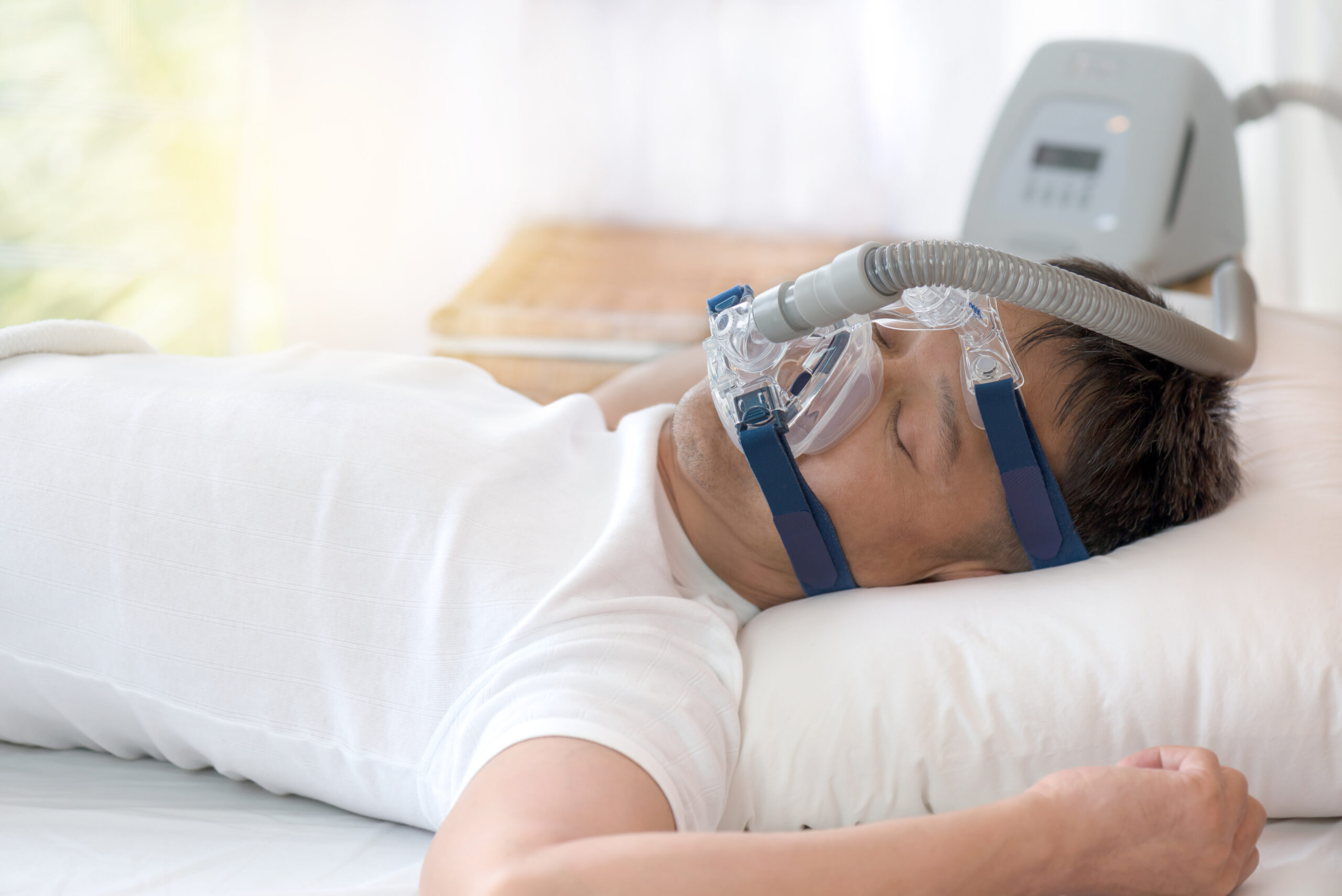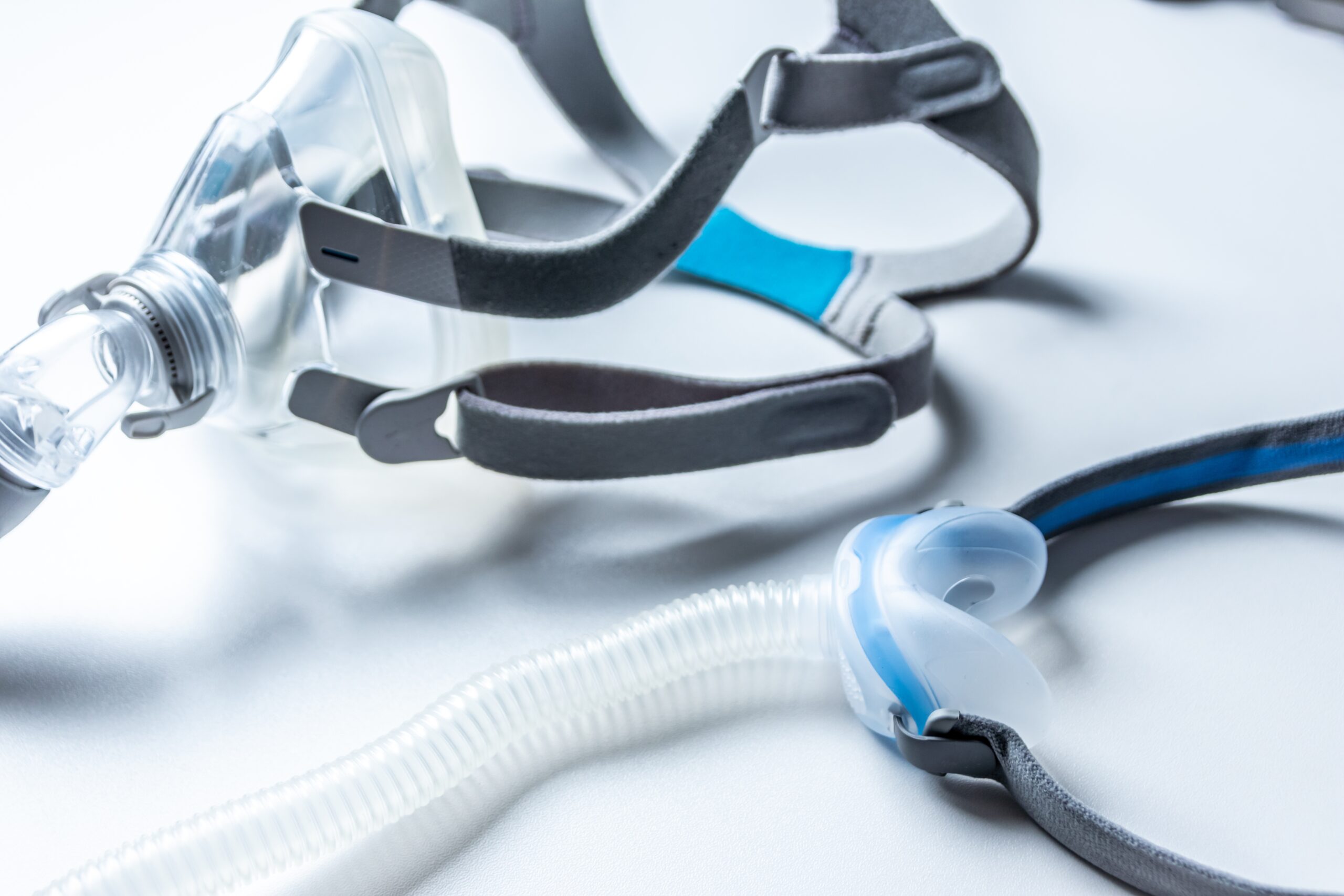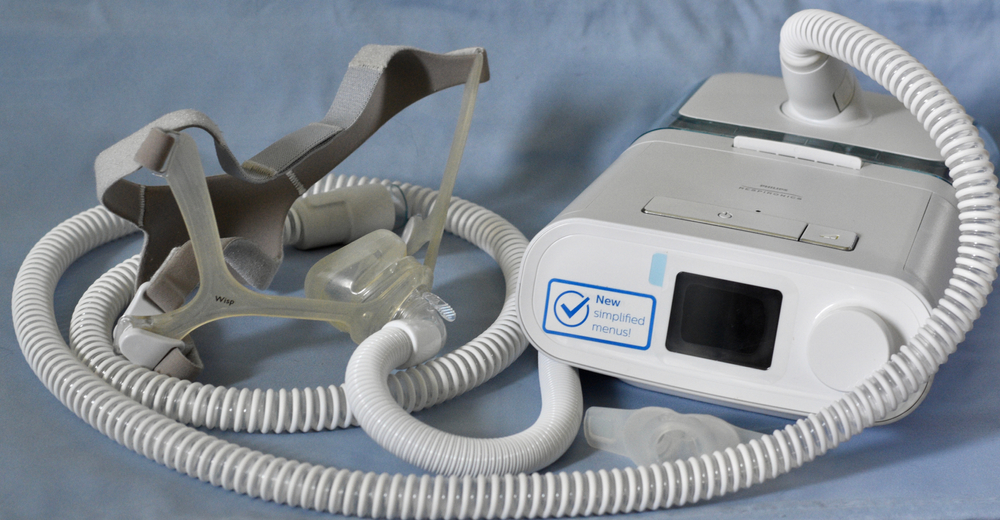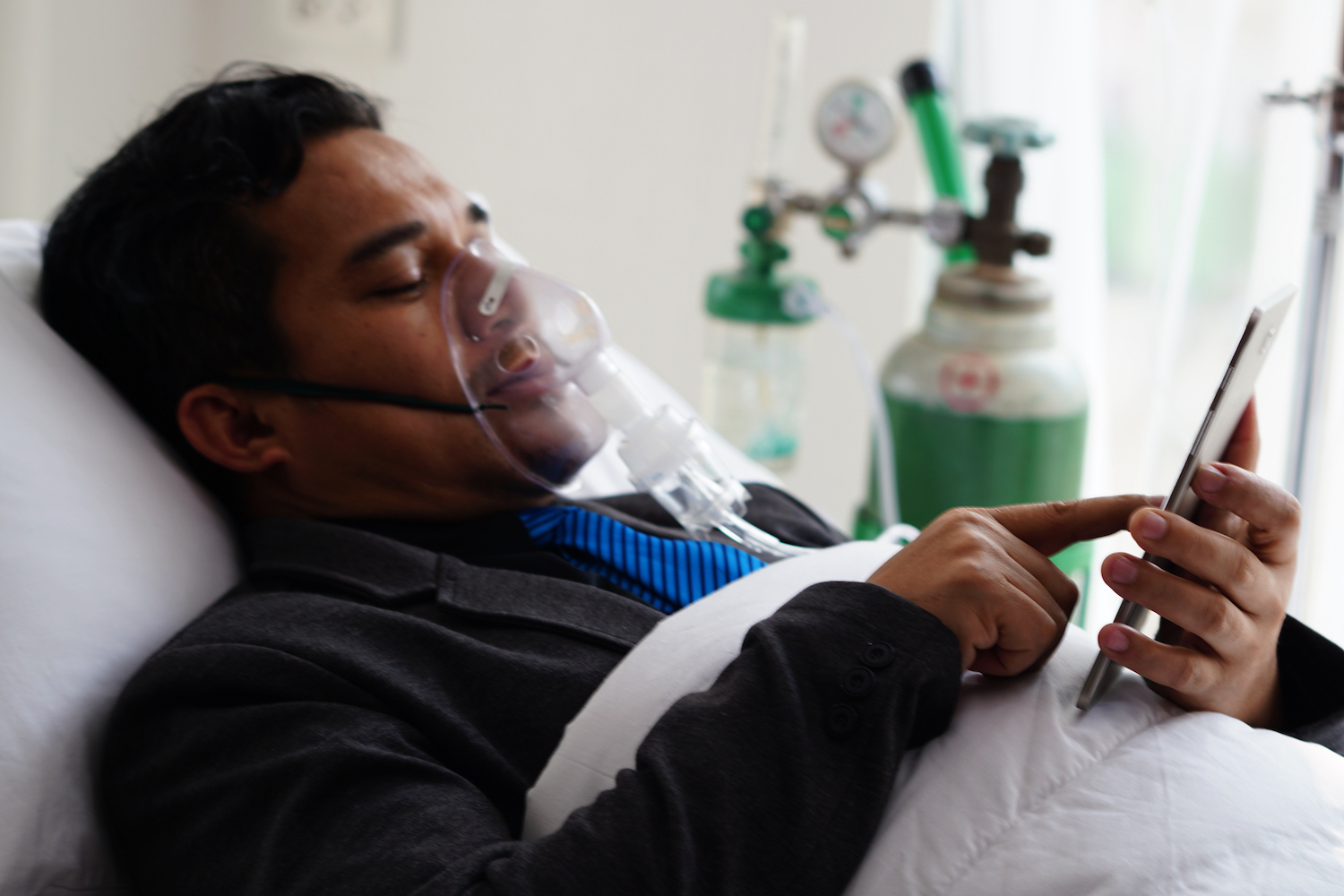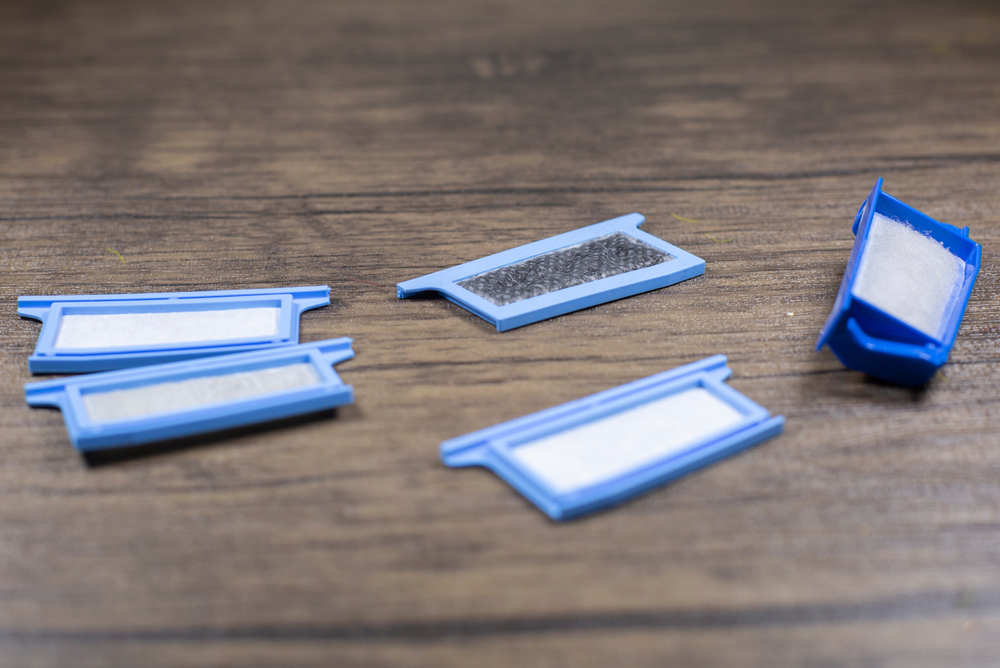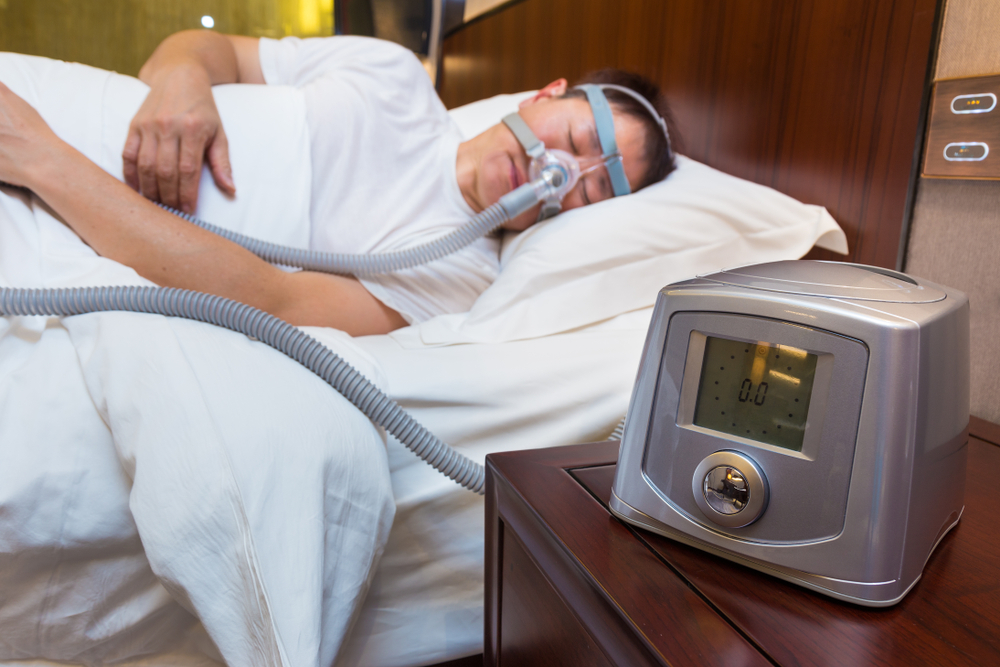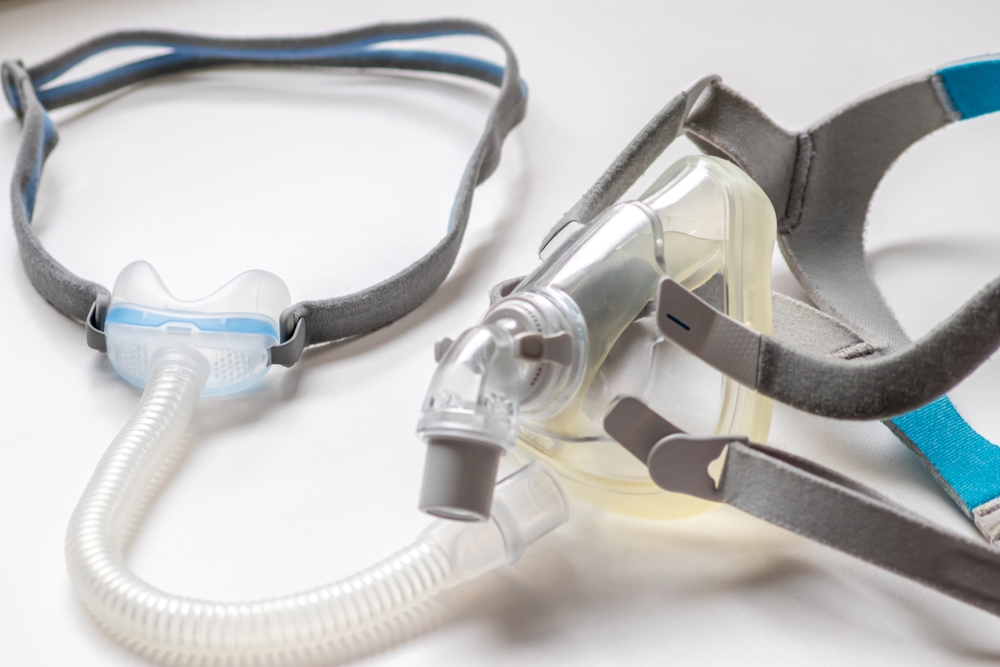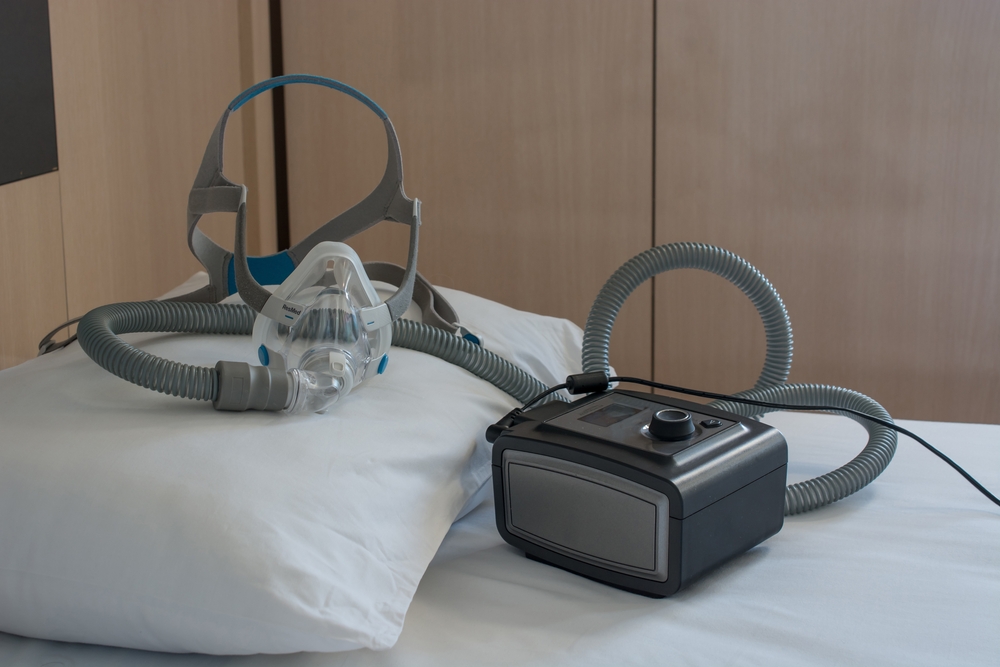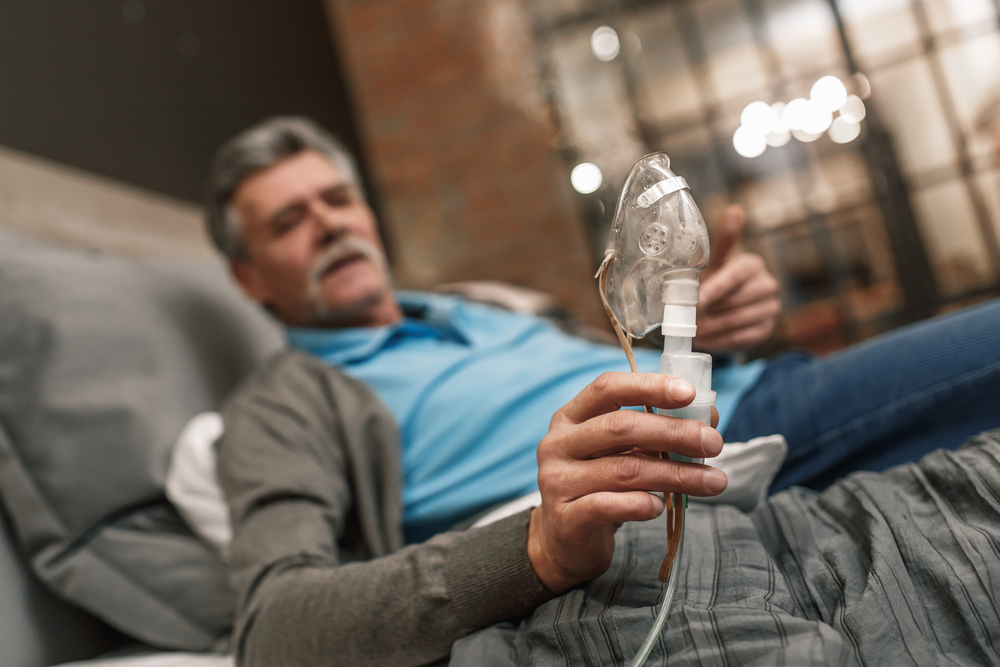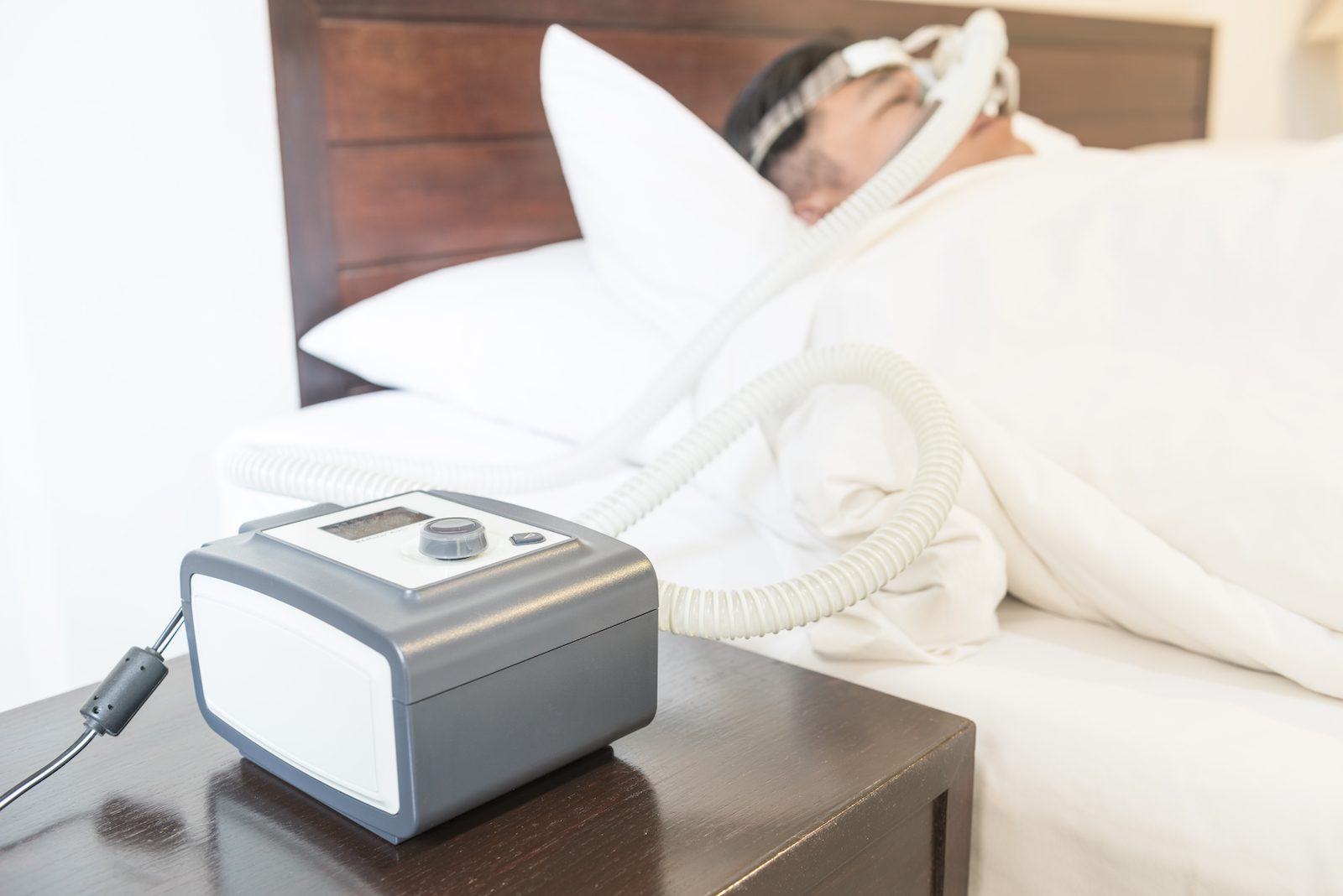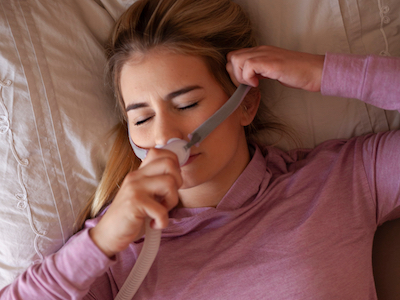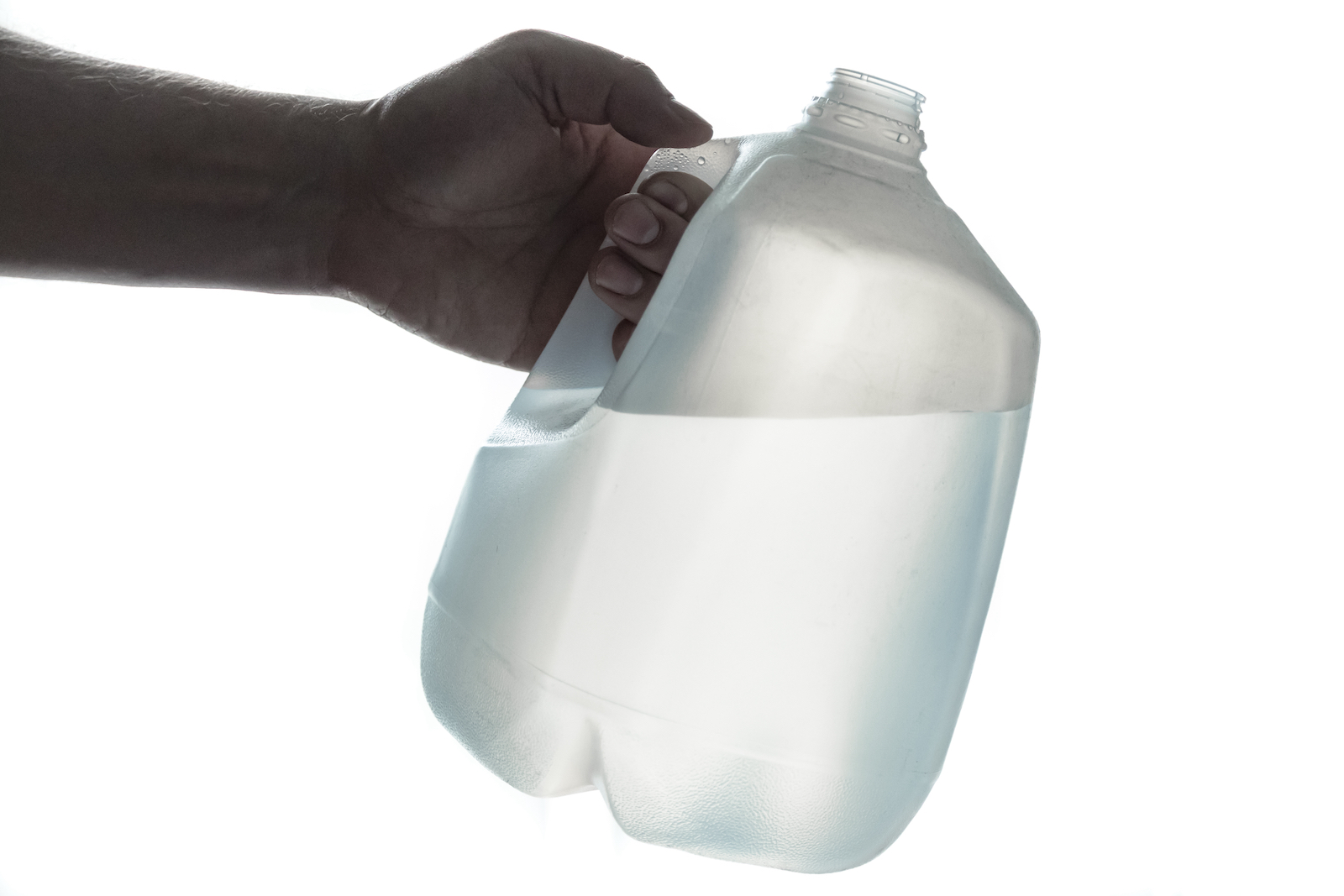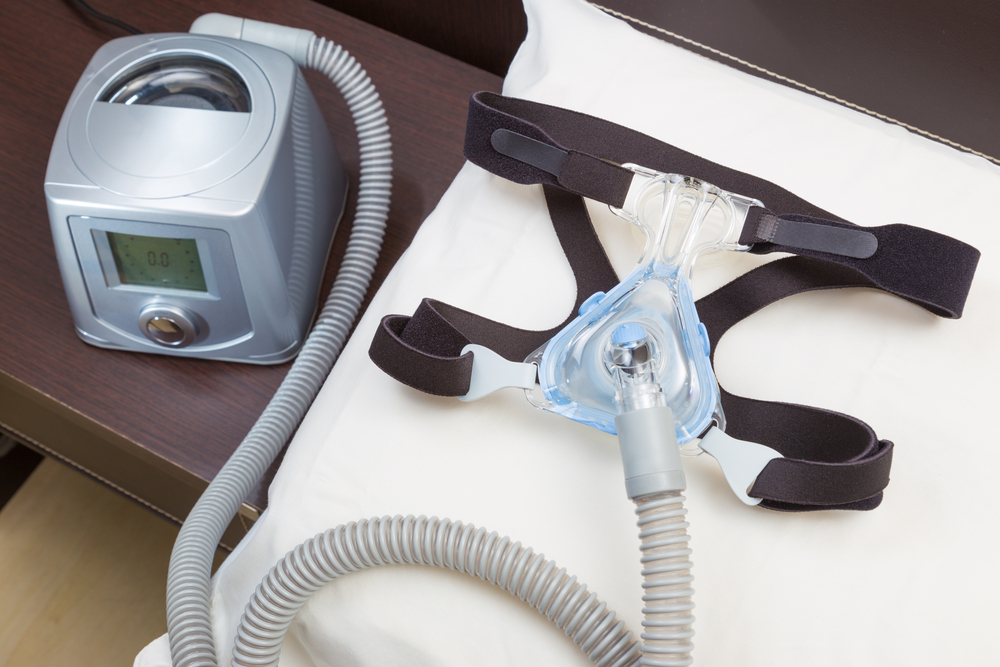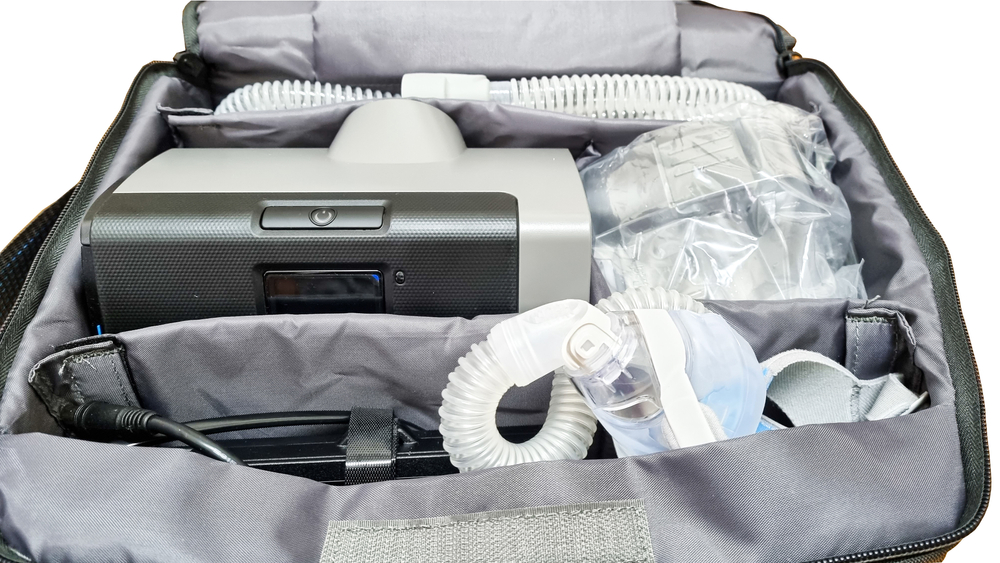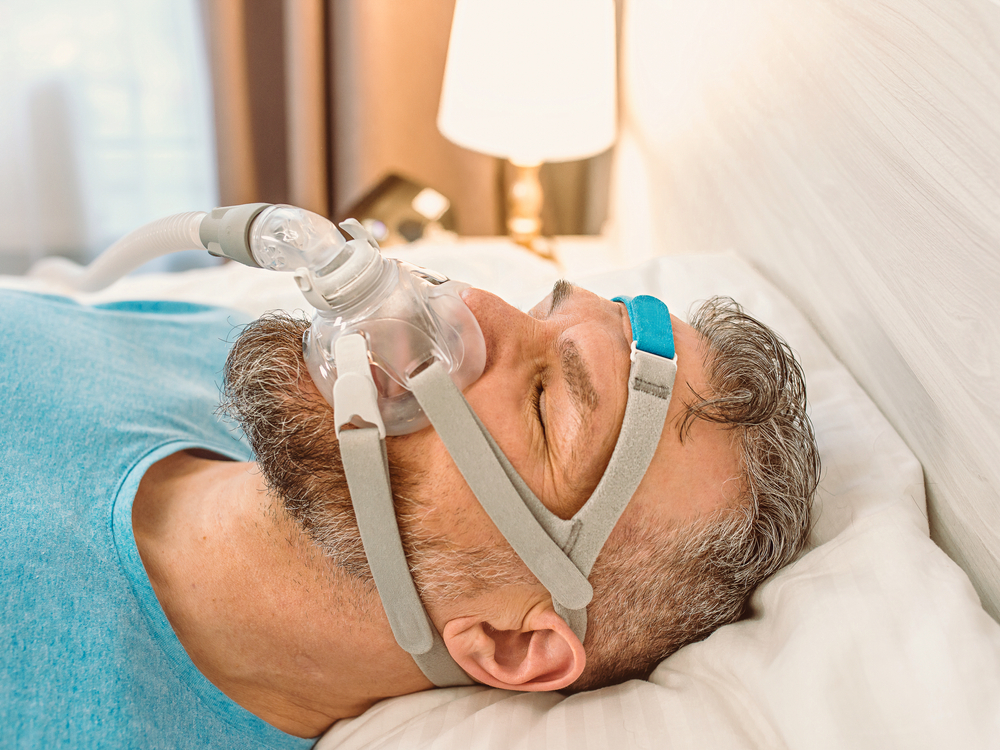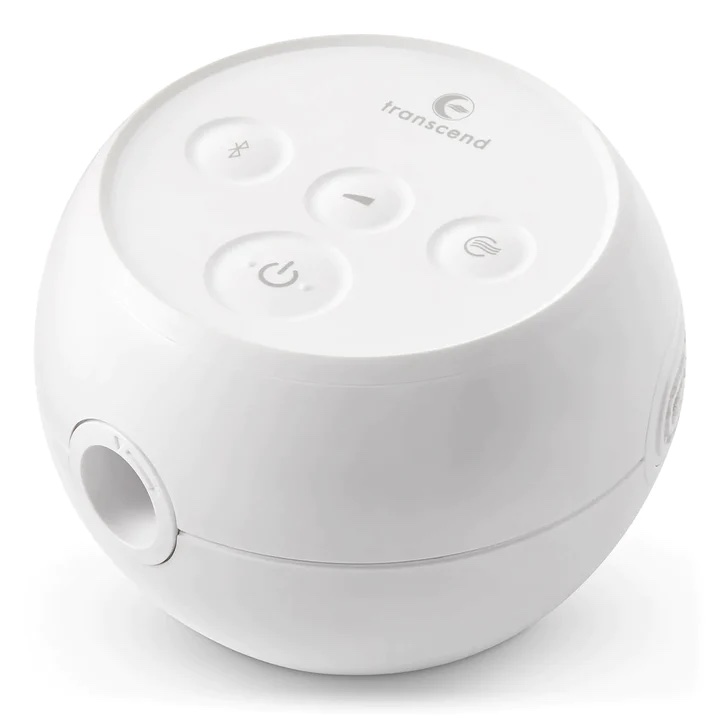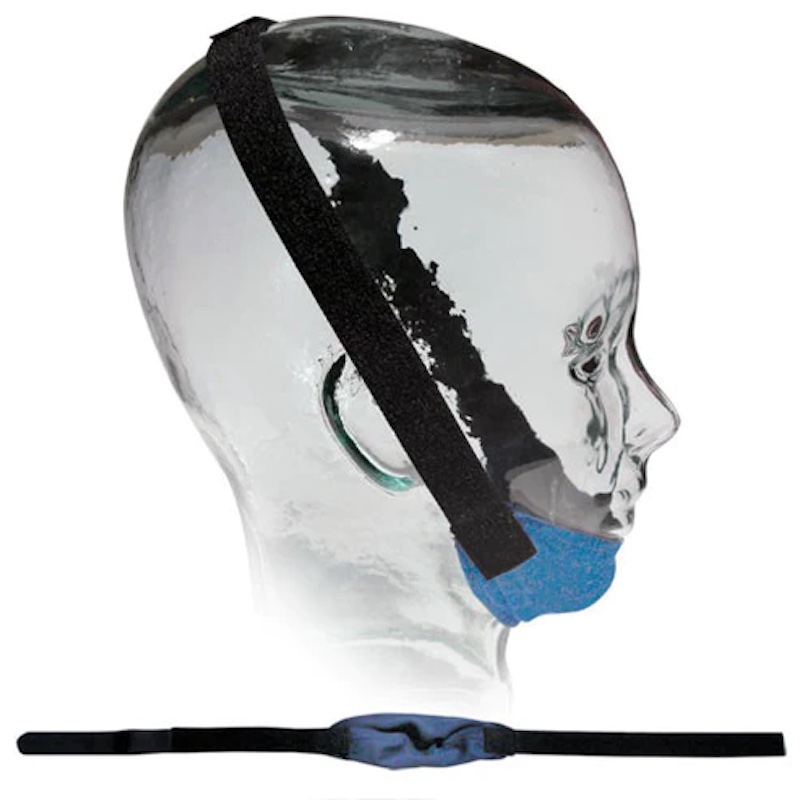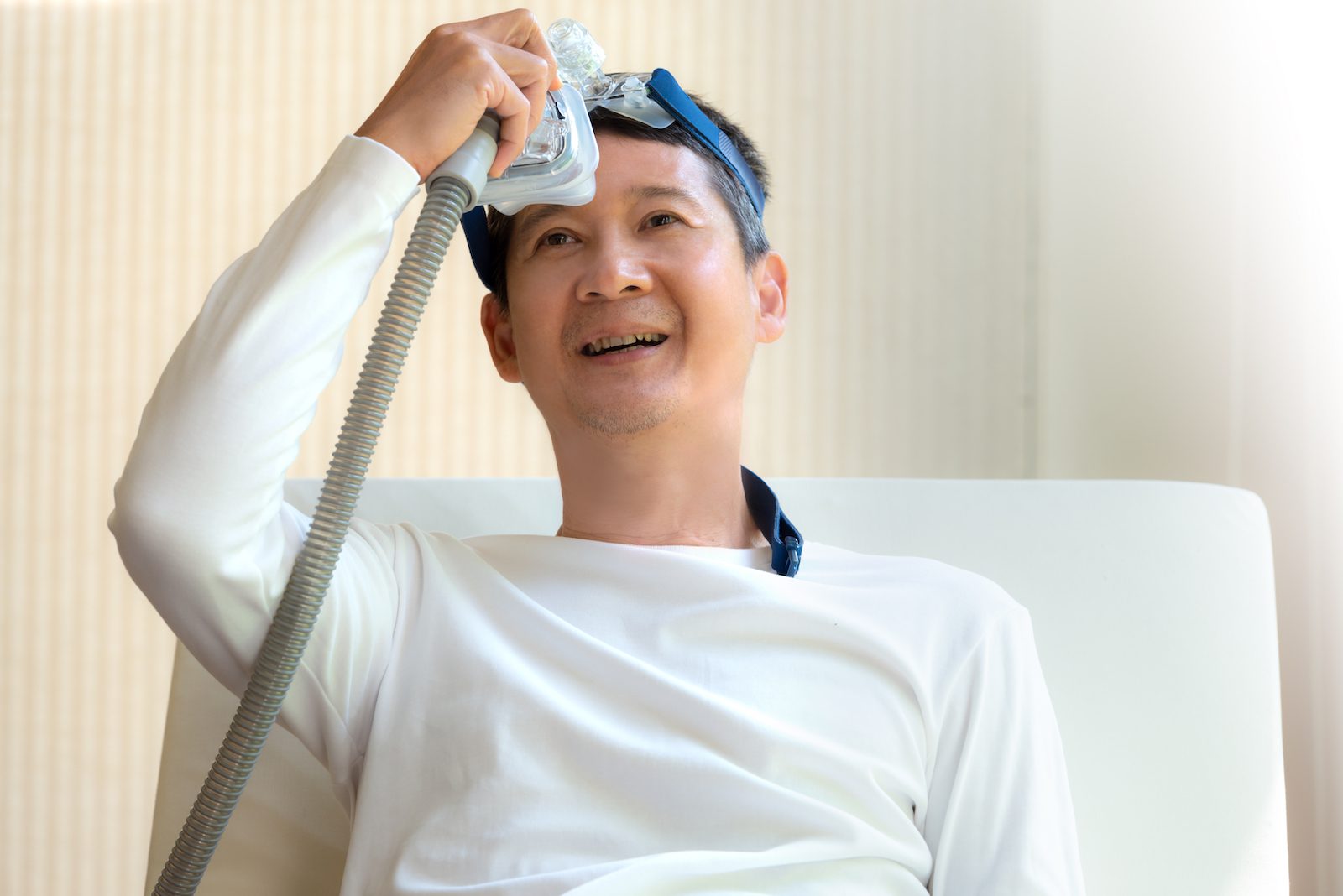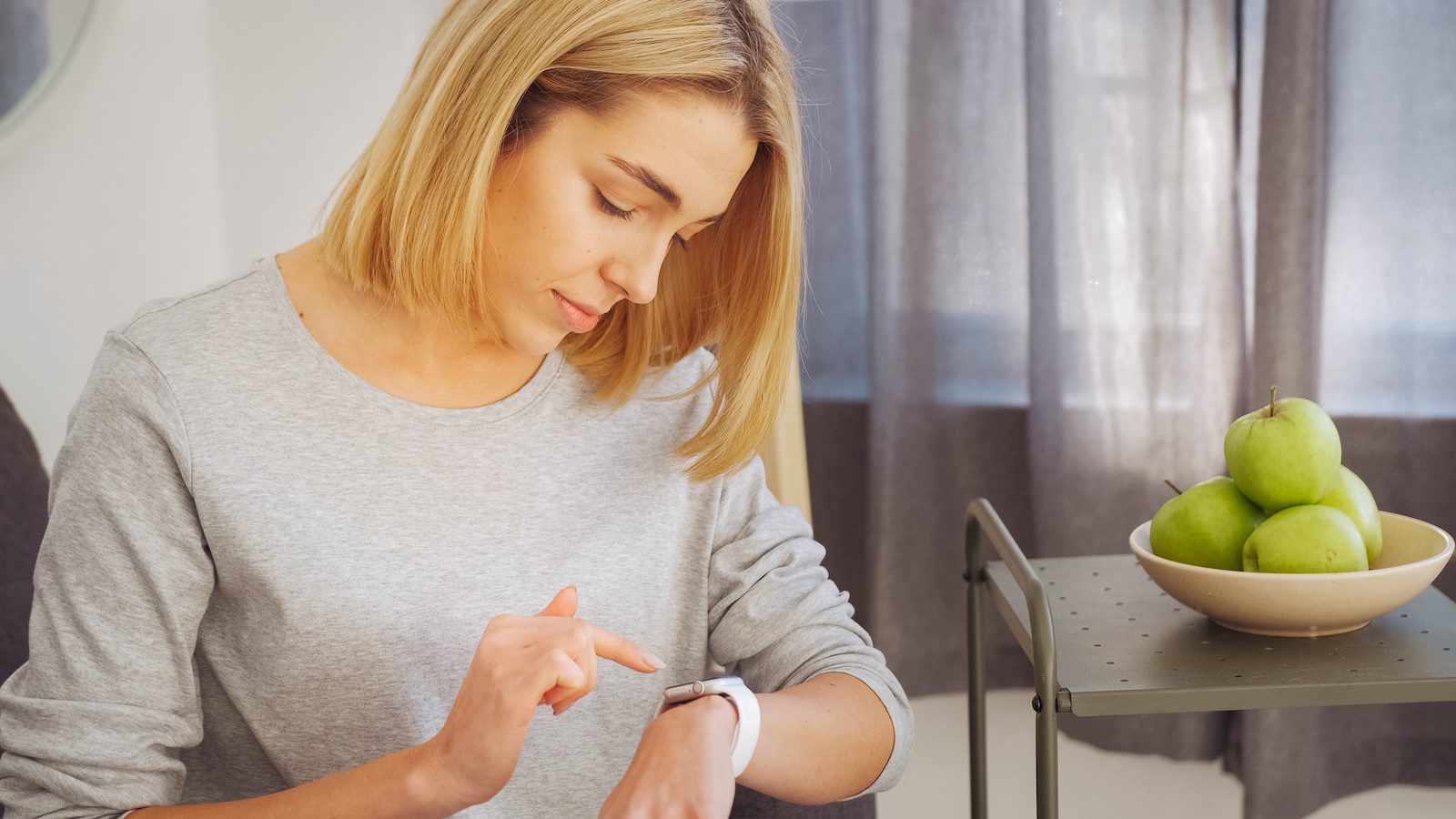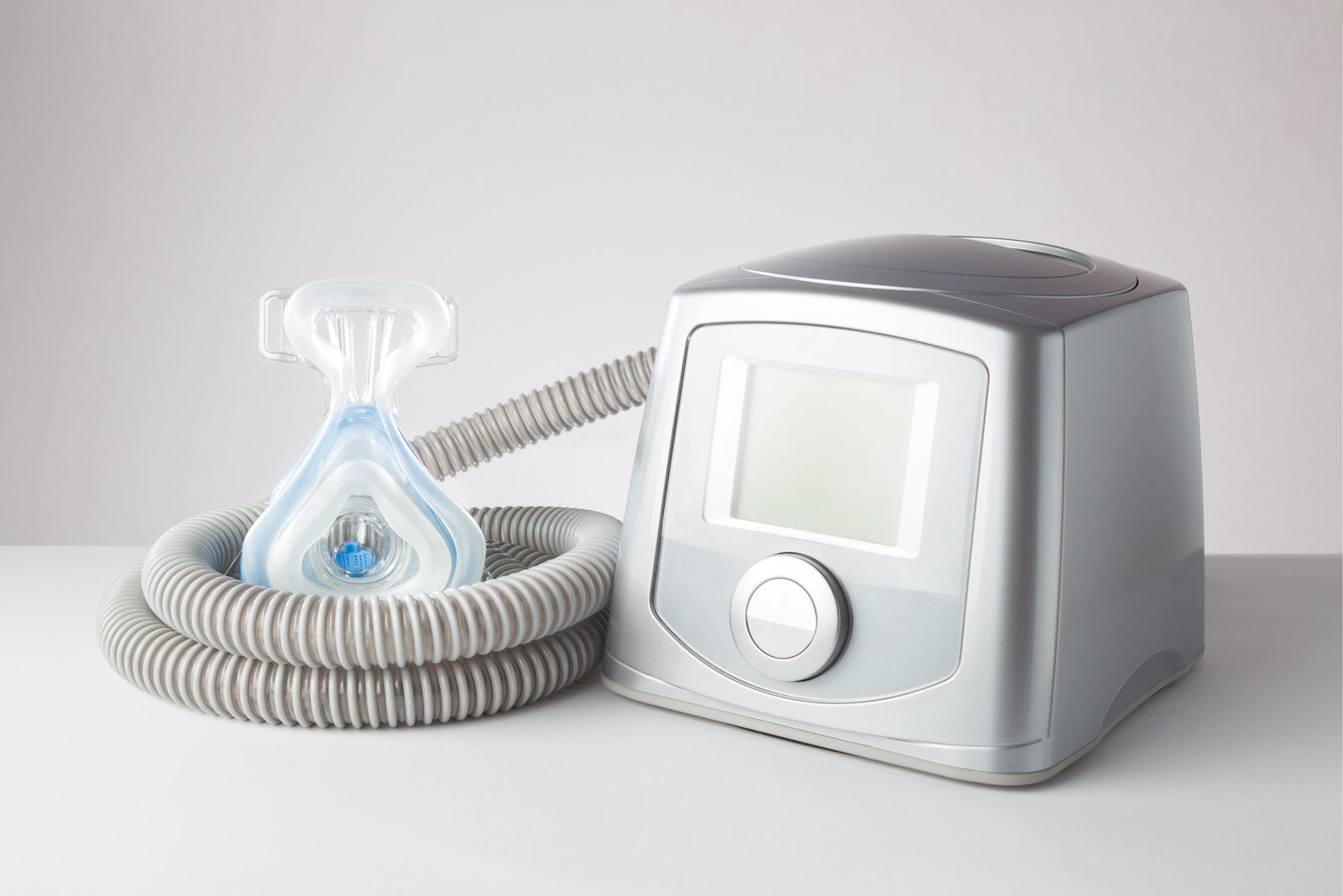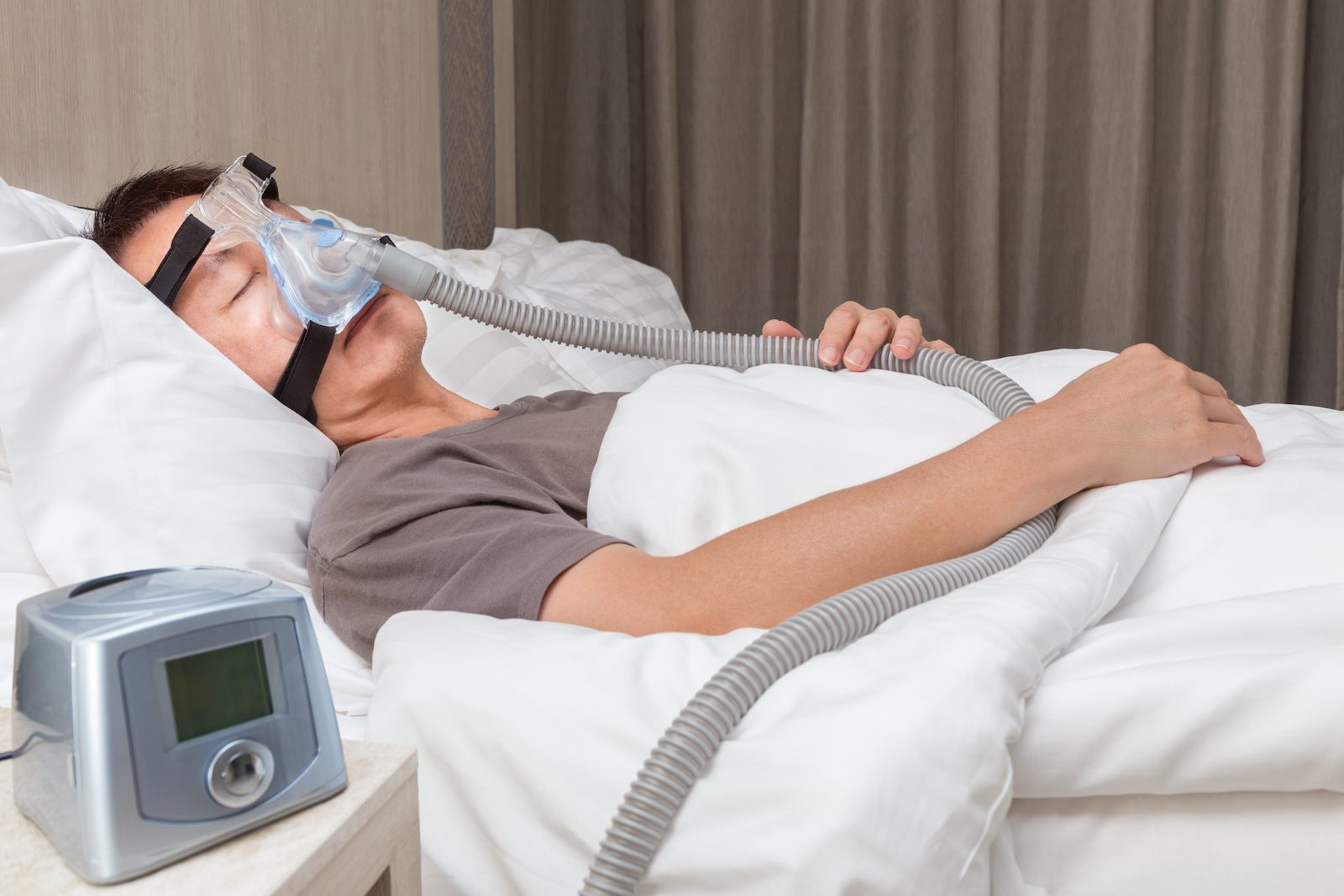Continuous positive airway pressure, or CPAP, is usually the first treatment for sleep apnea. CPAP therapy helps to keep a person’s airway open by delivering pressurized air through the mouth, nose, or both. In order for CPAP therapy to be successful, a person must wear a mask that both fits properly and is comfortable enough for regular use.
Your doctor can help you select a CPAP machine and mask that is suitable for your diagnosis and needs. However, there are over 9,000 possible combinations of masks with different customizable options. Although having so many options increases your chances of finding the right fit, it can be overwhelming to sort through.
Learning about the different features of each type of CPAP mask and how to anticipate potential side effects can help you find the mask that’s right for you.
CPAP Mask Types
Several mask options are available for CPAP, including:
- Nasal masks
- Nasal pillow masks
- Oronasal masks
Nasal and oronasal masks are the most widely used masks for CPAP therapy. In particular, some experts may recommend a person try out a nasal mask first and then try other mask options if they are having problems with the fit or results. Finding the best mask is often a significant factor for determining how successful CPAP therapy will be.
Nasal Masks
Nasal masks are designed to deliver pressurized air through the nose. A frame holds a flexible silicone cushion which fits around the perimeter of the nose, including the nasal bridge and above the upper lip. Nasal masks are secured to the face with a strap that attaches behind the head.
Compared to other types of CPAP masks, nasal masks offer several advantages, including:
- Generally more comfortable
- Fewer air leak issues
- Longer periods of use
- Less costly
Nasal masks aren’t the best option for some people. In particular, those who breathe mainly through their mouth are less likely to benefit from a nasal mask. Additionally, having a mustache can interfere with the fit of the mask, causing air leakage.
Nasal Pillows
Nasal pillows may be a more comfortable alternative to nasal masks. Flexible silicone prongs seal at the rim of each nostril to conduct air into the nasal cavity.
Nasal pillows may be a better option for some people, including:
- People who have facial hair
- People who experience claustrophobia
- People who are interesting in using the smallest masks available
Nasal pillows have shown to be equally as effective as other nasal masks in delivering CPAP therapy, but may not be able to handle higher CPAP pressures without leaking.
Oronasal Masks
Oronasal masks deliver air through the nose and the mouth. They may be a helpful option for people who experience “mouth leaks” while using nasal or nasal pillow CPAP masks. Mouth leaks occur when the pressurized air from the CPAP machines escapes through the mouth.
Oronasal masks are generally considered less comfortable, which may lead some people to take the mask off during the night or avoid using it altogether on some nights.
Common CPAP Mask Problems
The ideal CPAP mask should be one that is both comfortable and effective. You should be prepared to try more than one type of mask as you are adjusting to routine use of your CPAP machine. Let your health care provider know if you are having any problems with the fit or comfort of your mask.
People who wear CPAP masks may report certain side effects.
- Dry nose: For those who use nasal masks, the positive airway pressure can dry up the nose and cause irritation. Using a humidifier can make CPAP treatment easier to tolerate.
- Congestion: CPAP therapy may cause congestion in the nose, which can make it difficult for air to pass through. Certain medications or switching to an oronasal mask may be helpful to address this problem.
- Pressure ulcers: Pressure ulcers, injuries, or friction sores are wounds that can develop where the CPAP masks come in contact with the bony areas of the nose, mouth, or face. They indicate that the mask isn’t fitting properly and is a serious problem that should be addressed immediately.
- Claustrophobia: Some people have a fear of tight spaces and may feel anxious when wearing a mask. A nasal pillow mask could be a good mask for those individuals. People with claustrophobia may also want to try the mask for a short period of time at first, then slowly increase the time spent using the treatment.
- Facial marks: Headgear that comes with most masks can leave imprints on the face and often interferes with hairstyles or leaves impressions in hair. Some mask manufacturers have addressed this when designing headgear.
- Difficulty tolerating pressure: Some people experience discomfort when they breathe out against the pressure set on the CPAP machine. This problem can be solved by working with a doctor to adjust pressure settings and make other modifications to improve comfort.
Adjusting Your Mask
Commercial CPAP masks most commonly come in standard sizes such as small, medium, or large. Unfortunately, masks don’t always account for each person’s unique facial features. Additional accessories or customizable features are usually available to customize the mask.
In order for CPAP therapy to be most effective, it is important to find a mask that fits well and provides a good seal. Once you find a mask that seals correctly, you can work with your doctor to make additional adjustments to make it fit more comfortably.
Finding the Best Mask
Ongoing research is investigating whether certain individual characteristics like a person’s age, sex, body size and the shape of their face and nose can influence which type of mask a person should use.
As you work with your health care provider and review your options, there are some questions that may be helpful to consider in selecting your mask:
- Do you have facial hair?
- Do you mostly breathe through your mouth while sleeping?
- Are you an “active sleeper,” with frequent changes in body position during the night?
- Are you claustrophobic?
How to Optimize CPAP Therapy
Getting started with CPAP therapy involves a period of trial-and-error, and questions will come up as you are using the treatment at home. It is worthwhile to spend time adjusting the fit of your mask, trying a size up or down, and practicing with your mask during the daytime (when there is no pressure to sleep). The goals are to find a properly-fitting mask, follow the direction provided by your doctor, and communicate with your health care team frequently to make ongoing adjustments as needed. There are many accessories and mask options that you can explore to optimize your comfort and the effectiveness of your sleep apnea treatment.
- Follow up with your health care team: Treatment for sleep apnea is typically for the long term. Routine visits or check-ins with your health care team are an important part of your care. They can help you troubleshoot any issues you may be having with your mask or CPAP machine and monitor how well your treatment is working.
- Actively participate in managing your treatment: Treating sleep apnea may require making lifestyle changes along with medical treatment. Taking an active role in learning about your diagnosis and treatment options will help you feel more empowered to make decisions like choosing a mask.
- Involve your bed partner: If you have a bed partner, they can help evaluate your CPAP success and identify problems you may be experiencing while asleep. Be sure to include your partner’s observations about how frequently you use your CPAP machine and whether its use is disrupting their sleep when you check in with your doctor.
References
The information included on this site is for educational purposes only. It is not intended nor implied to be a substitute for professional medical advice. Contact your physician or health care provider when you have health related questions. Never disregard or delay medical advice because of information you have obtained on this site.



